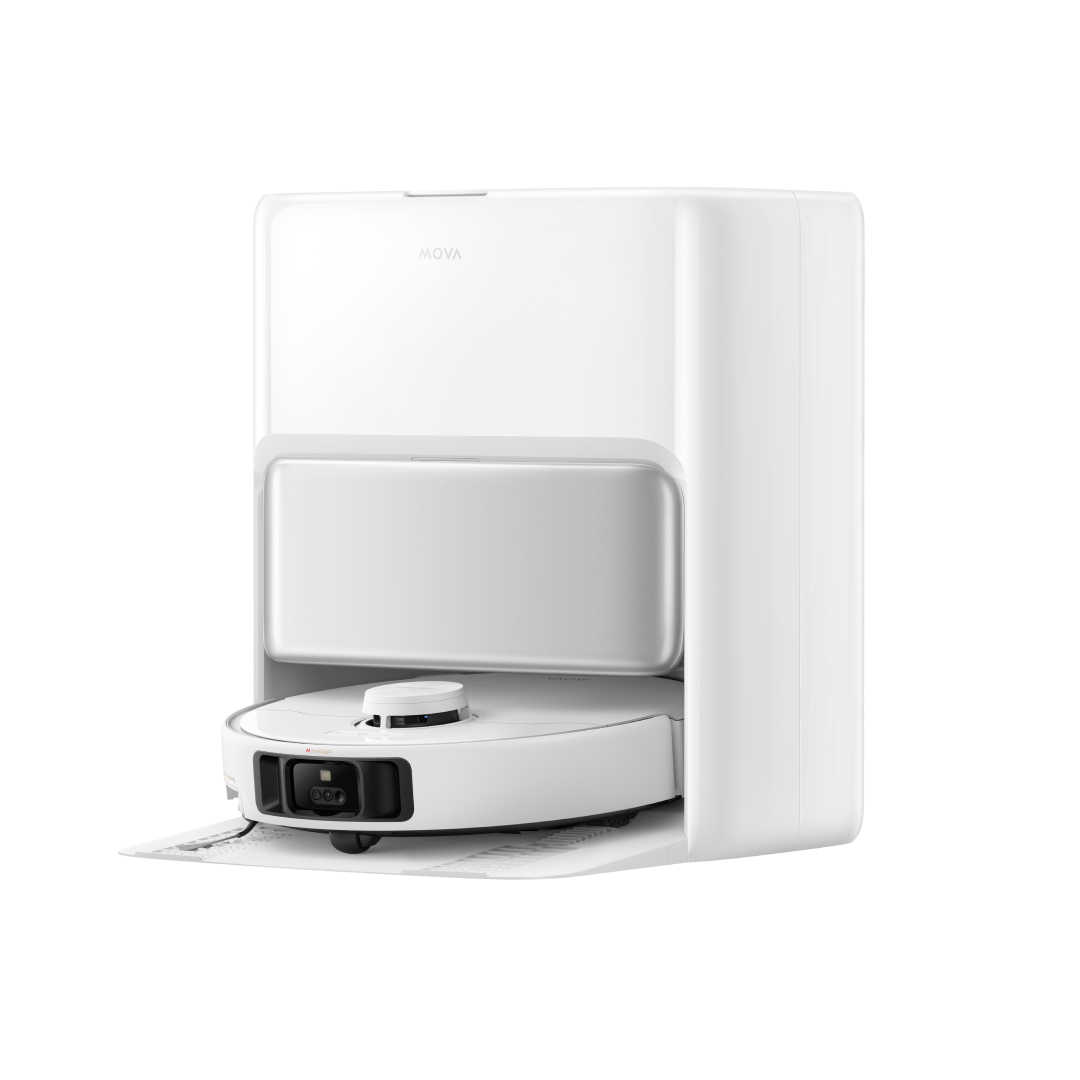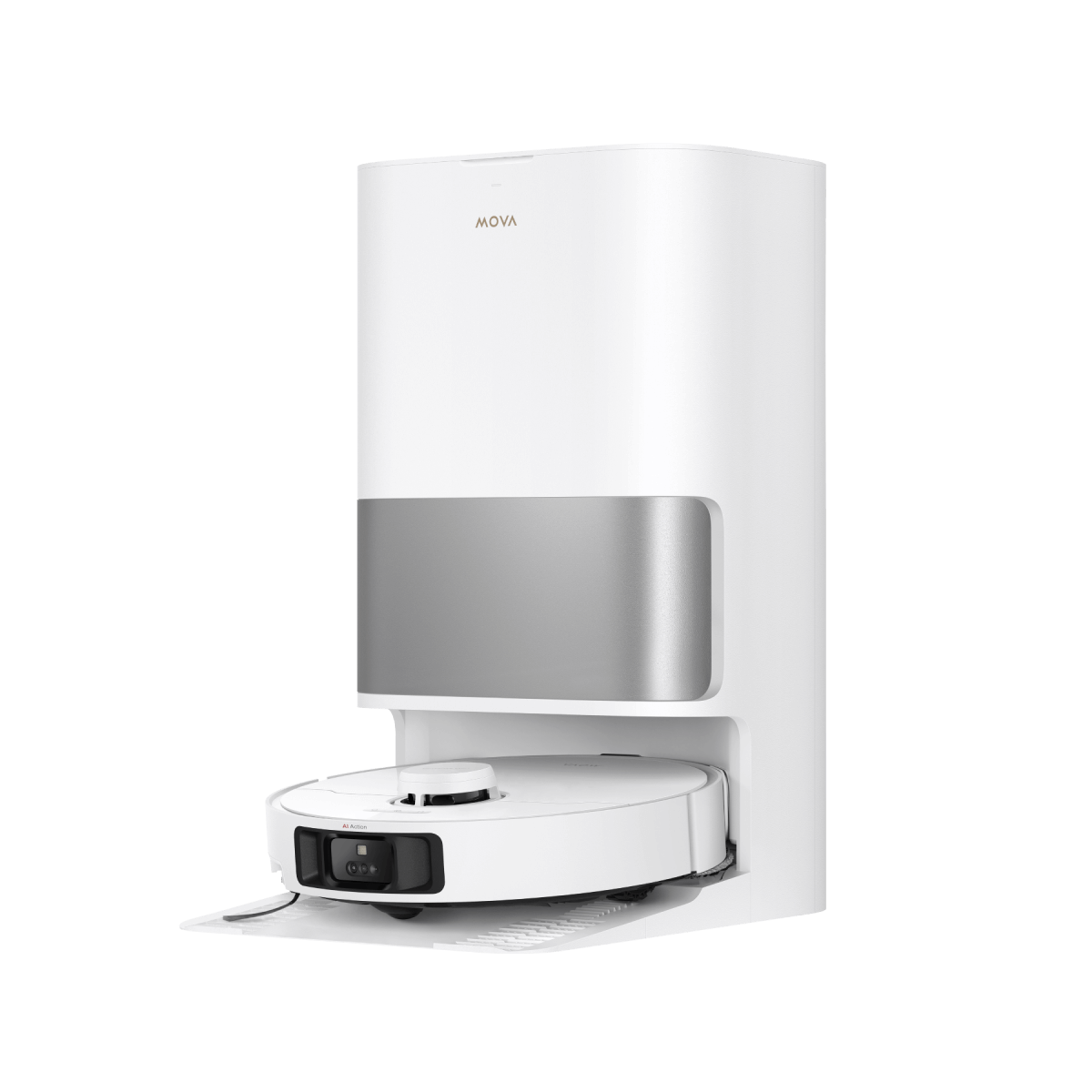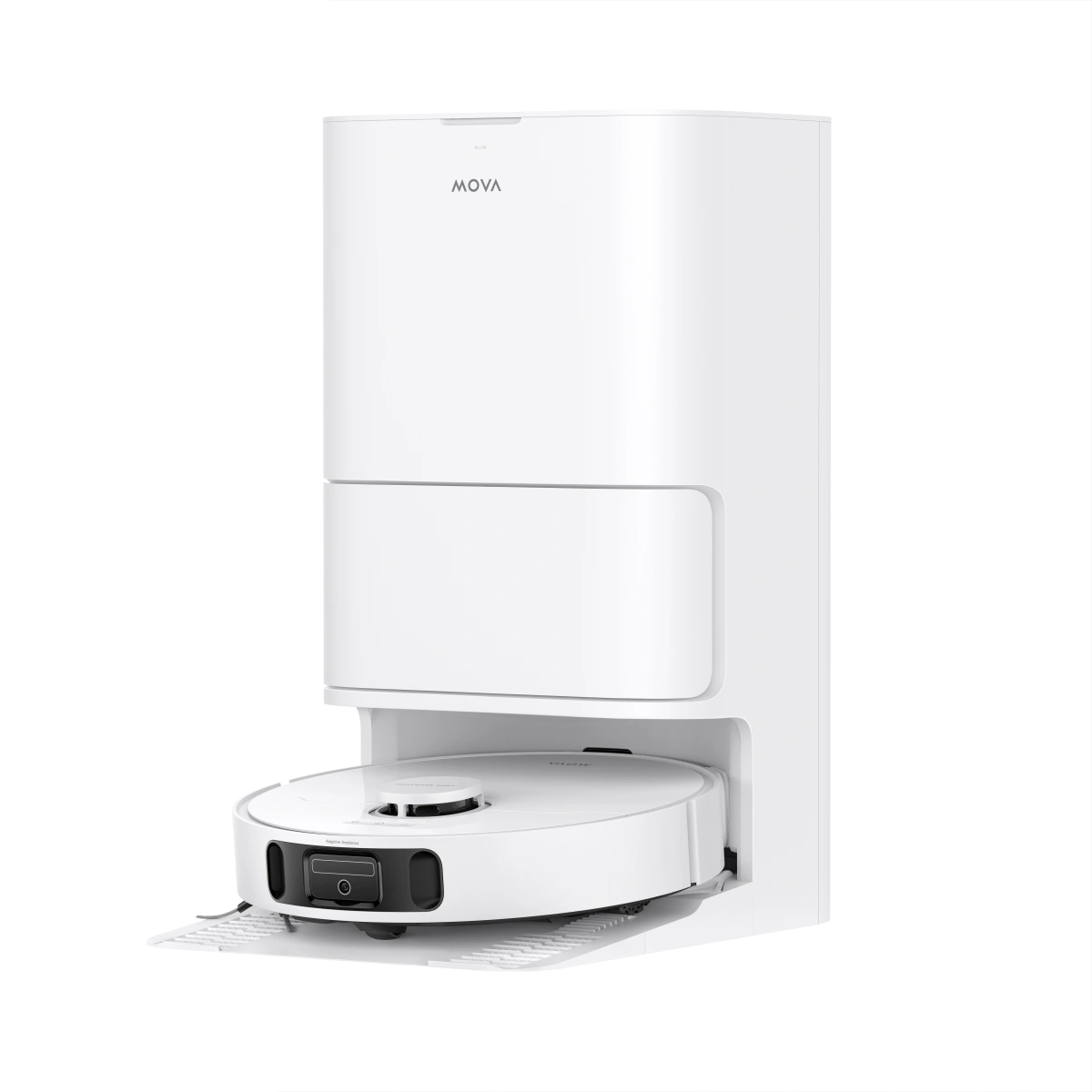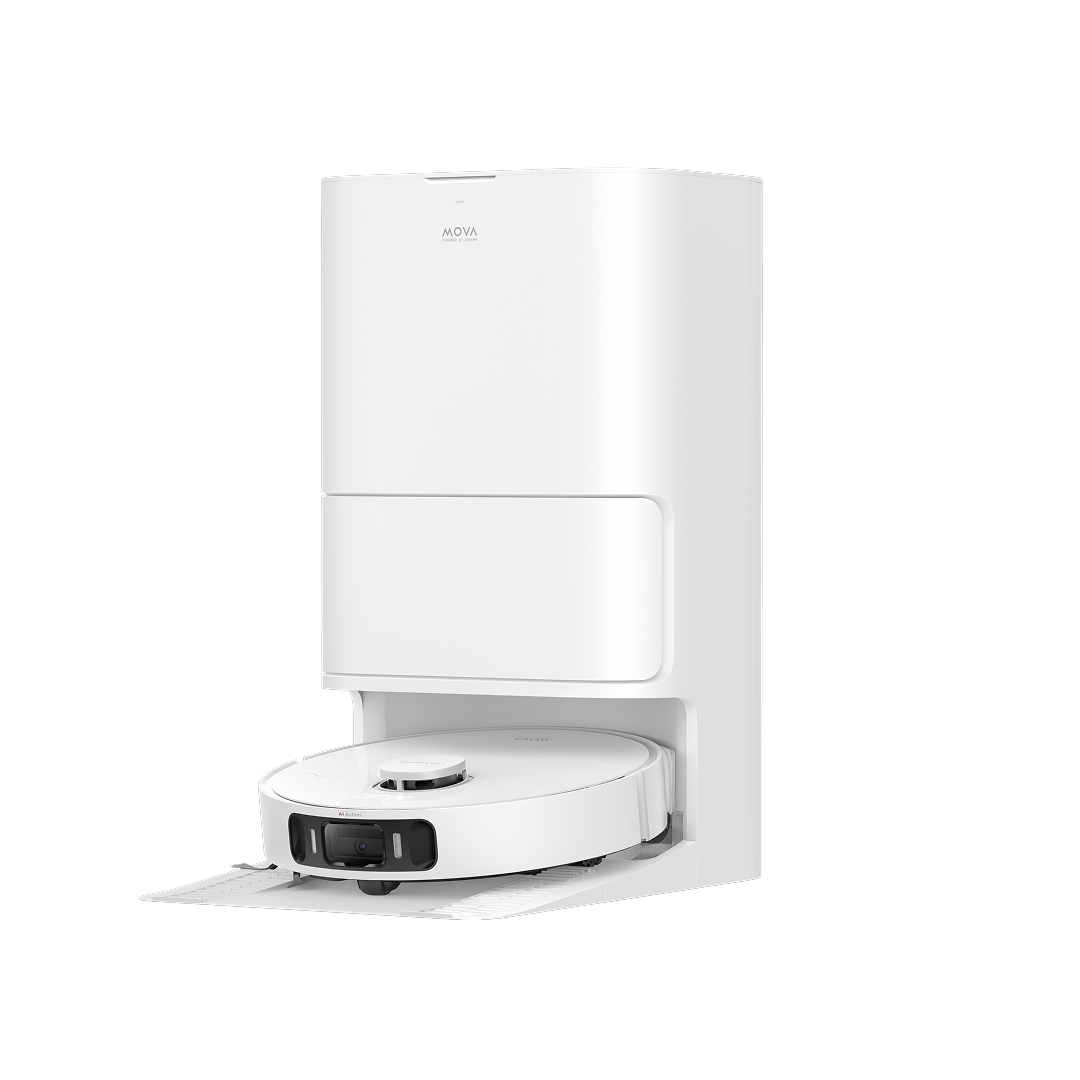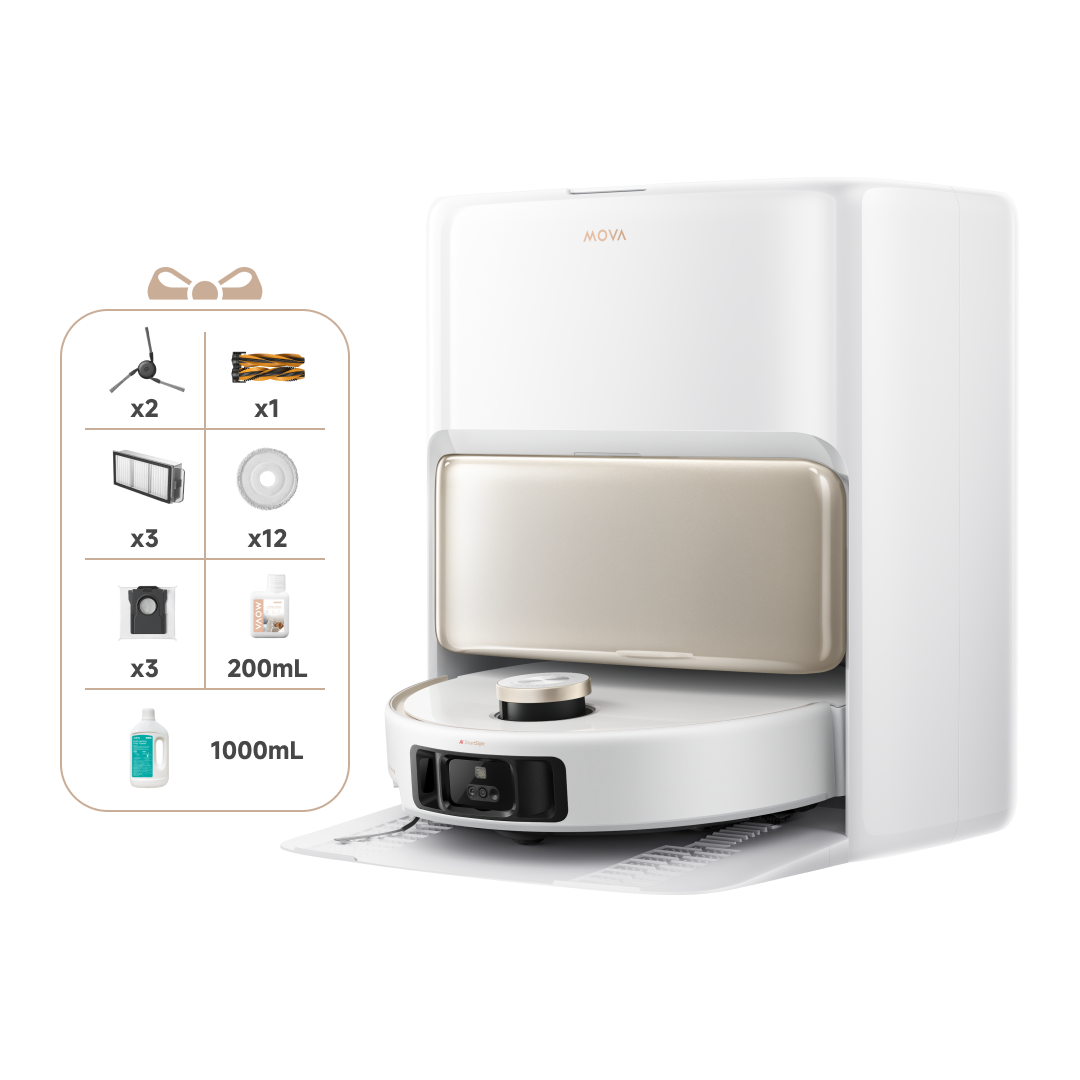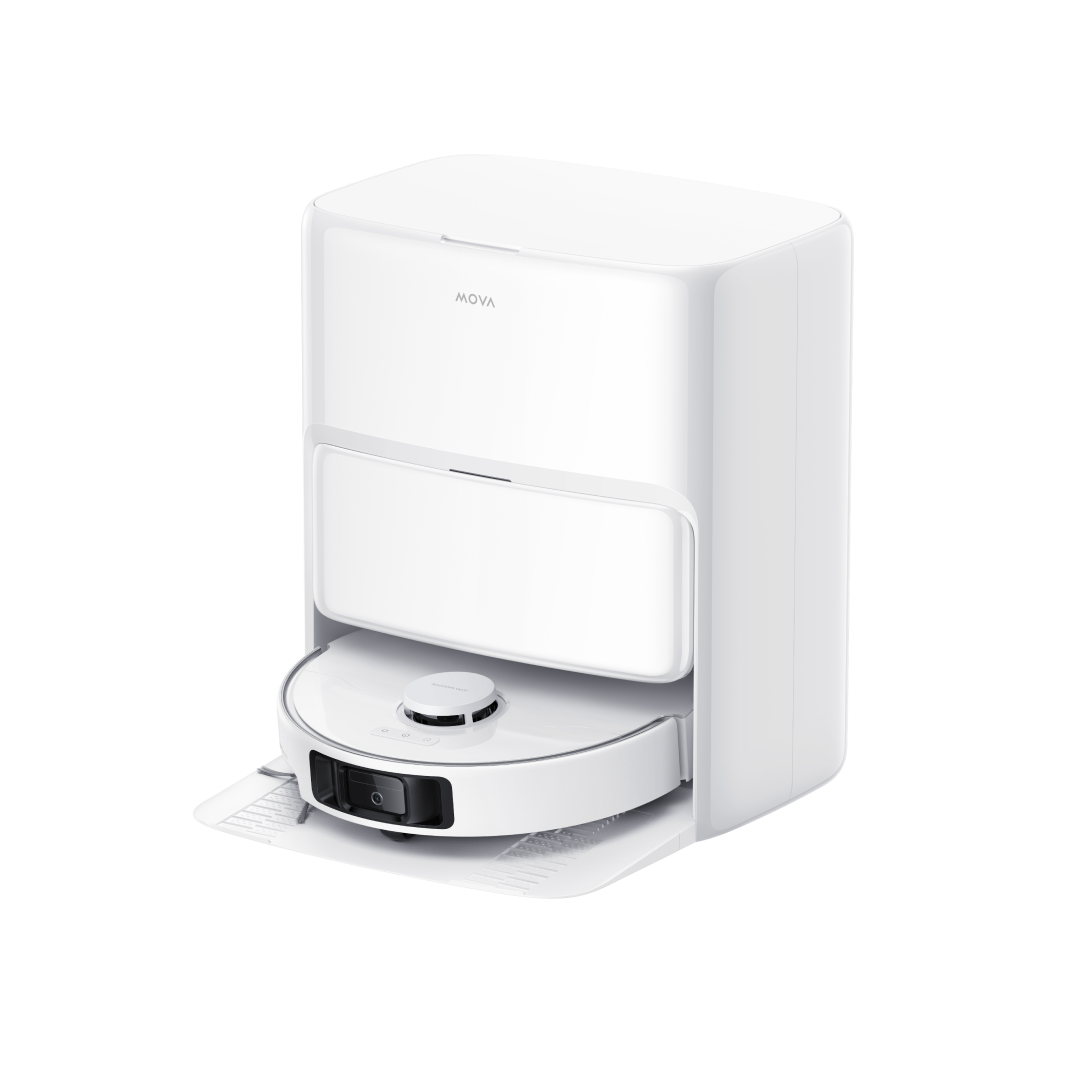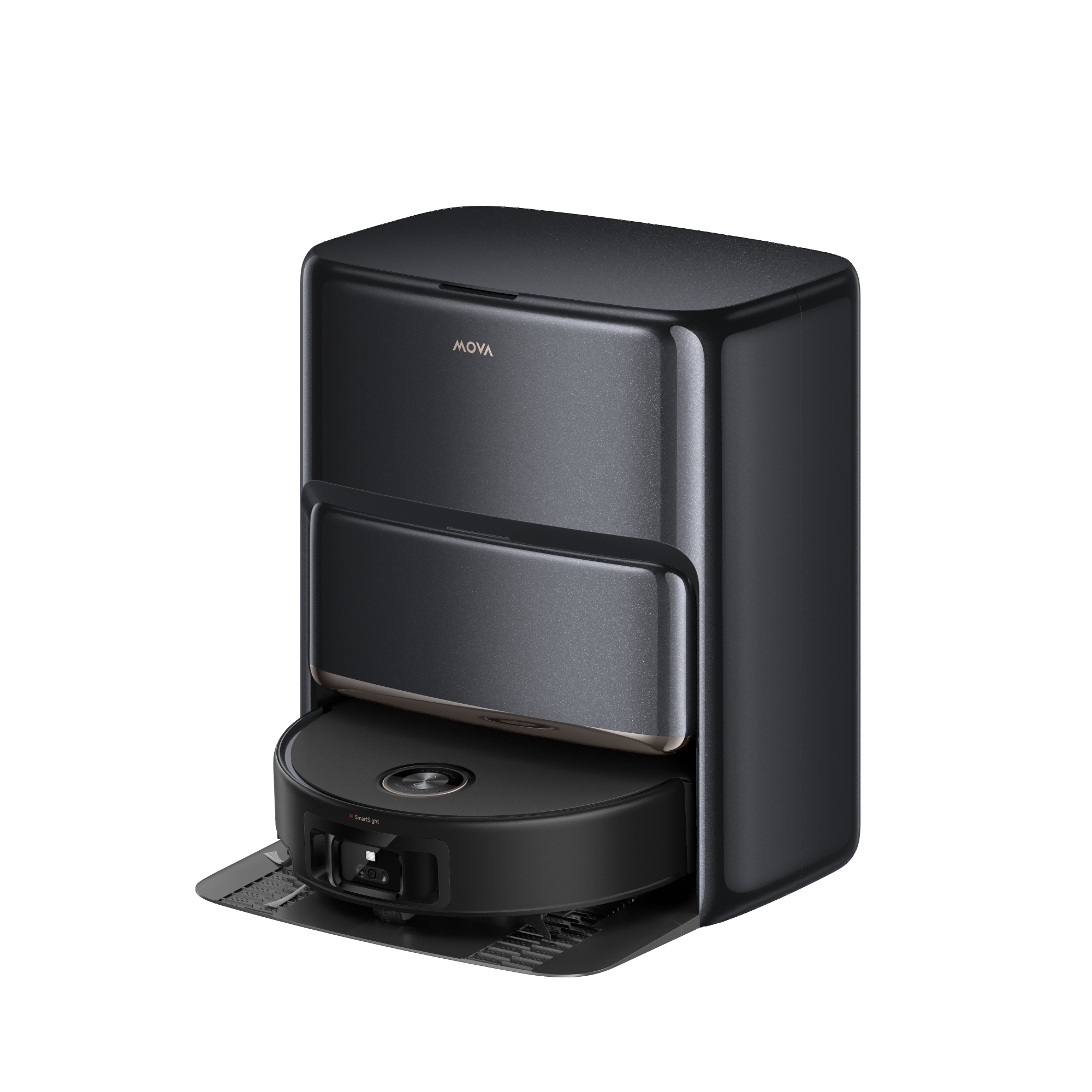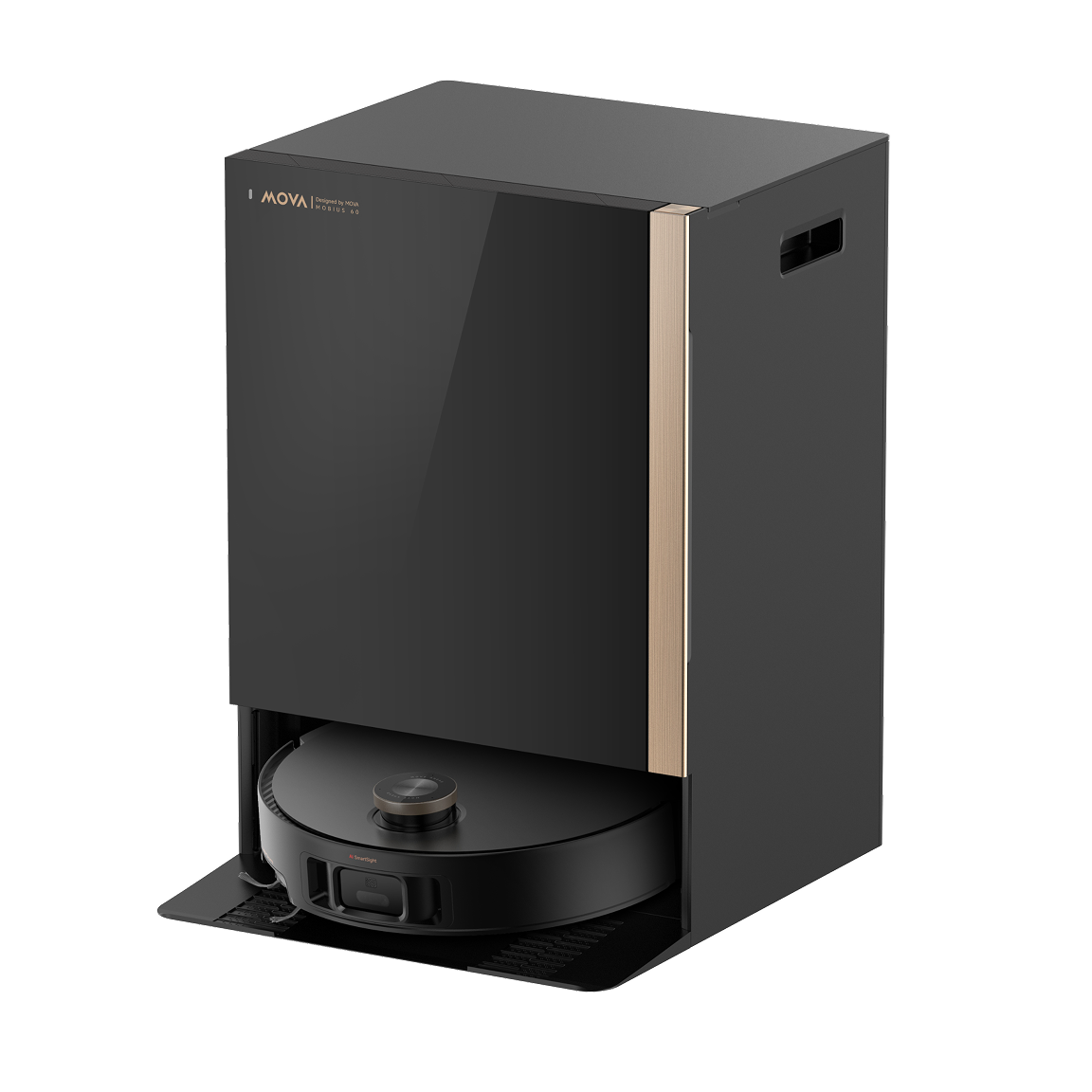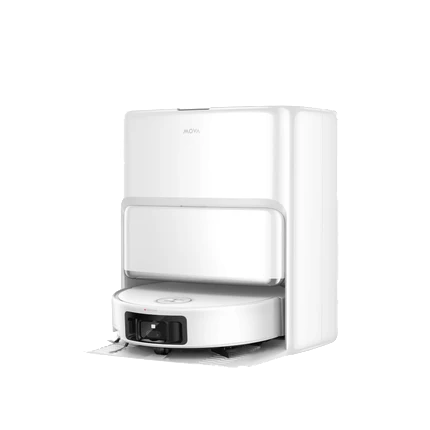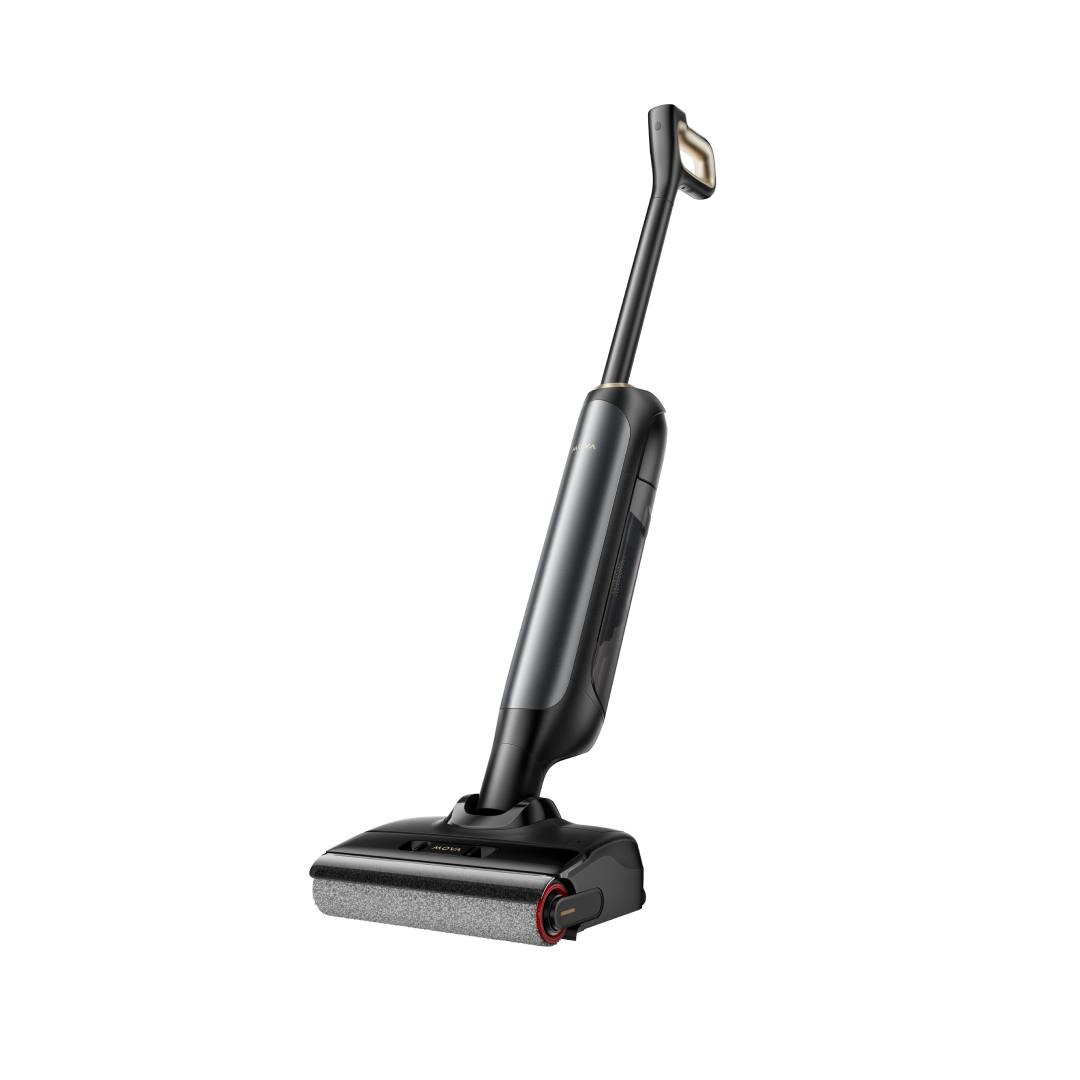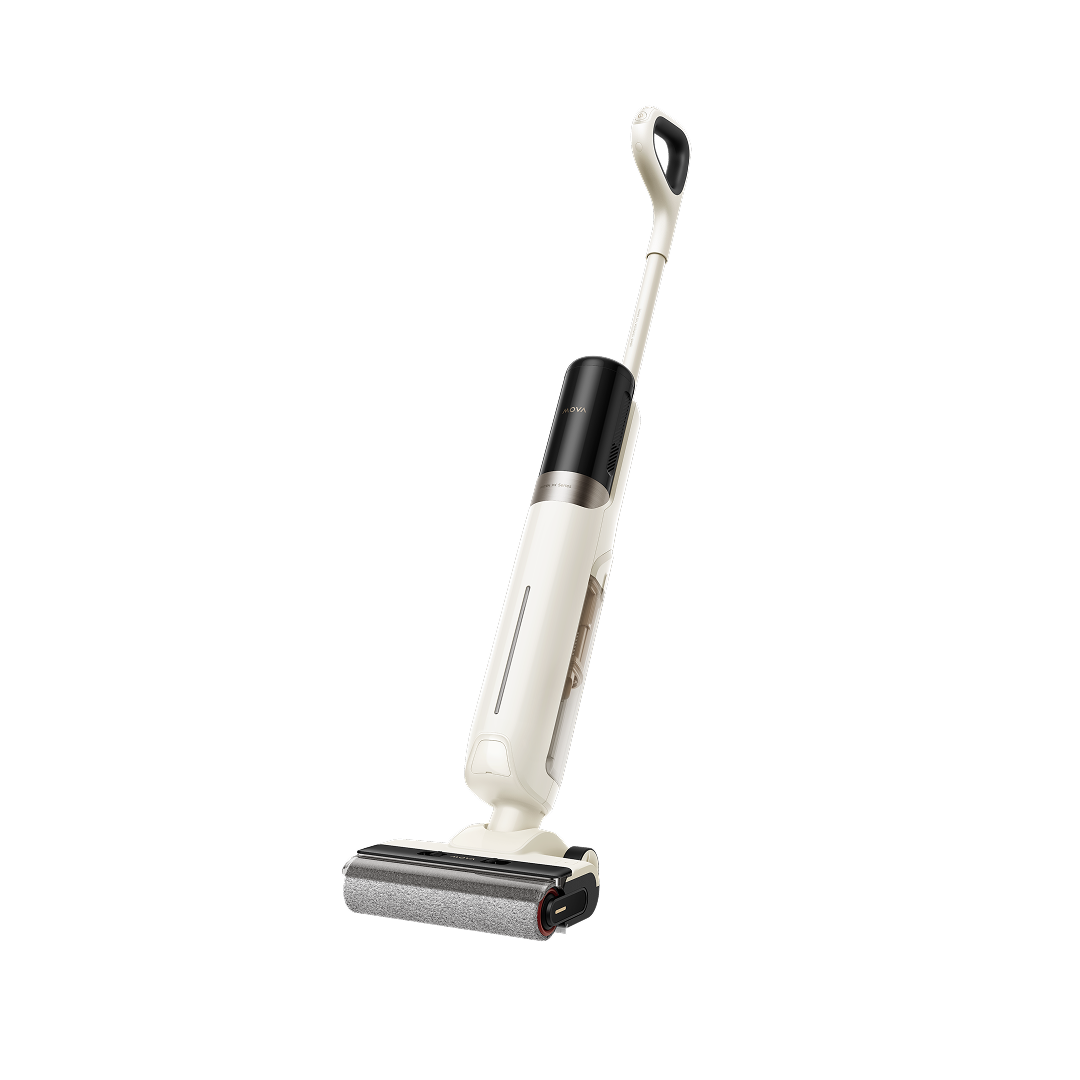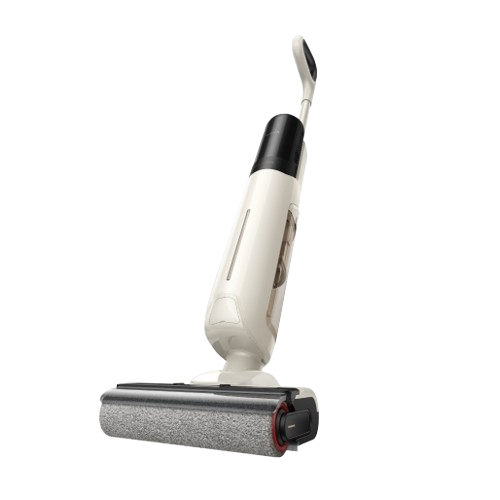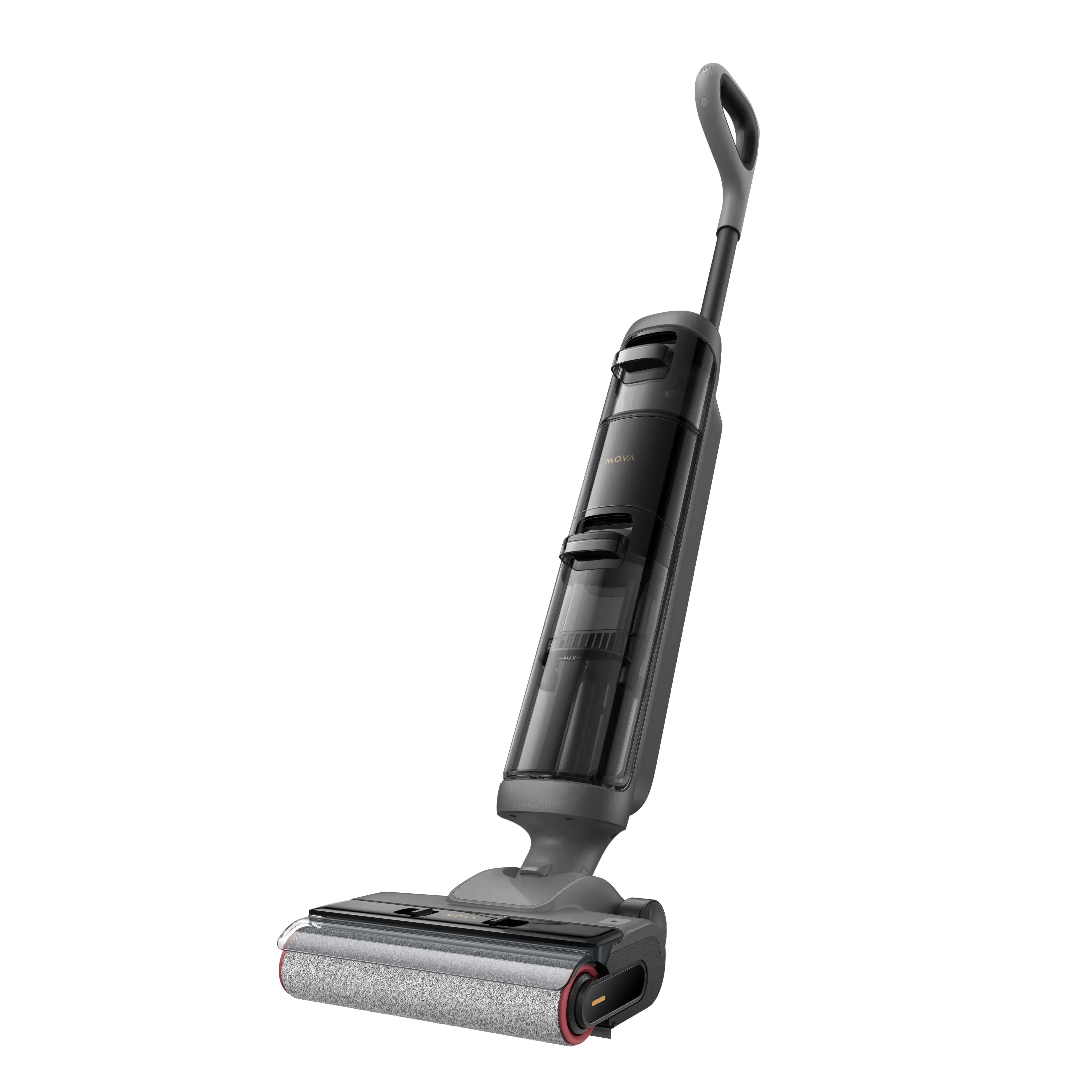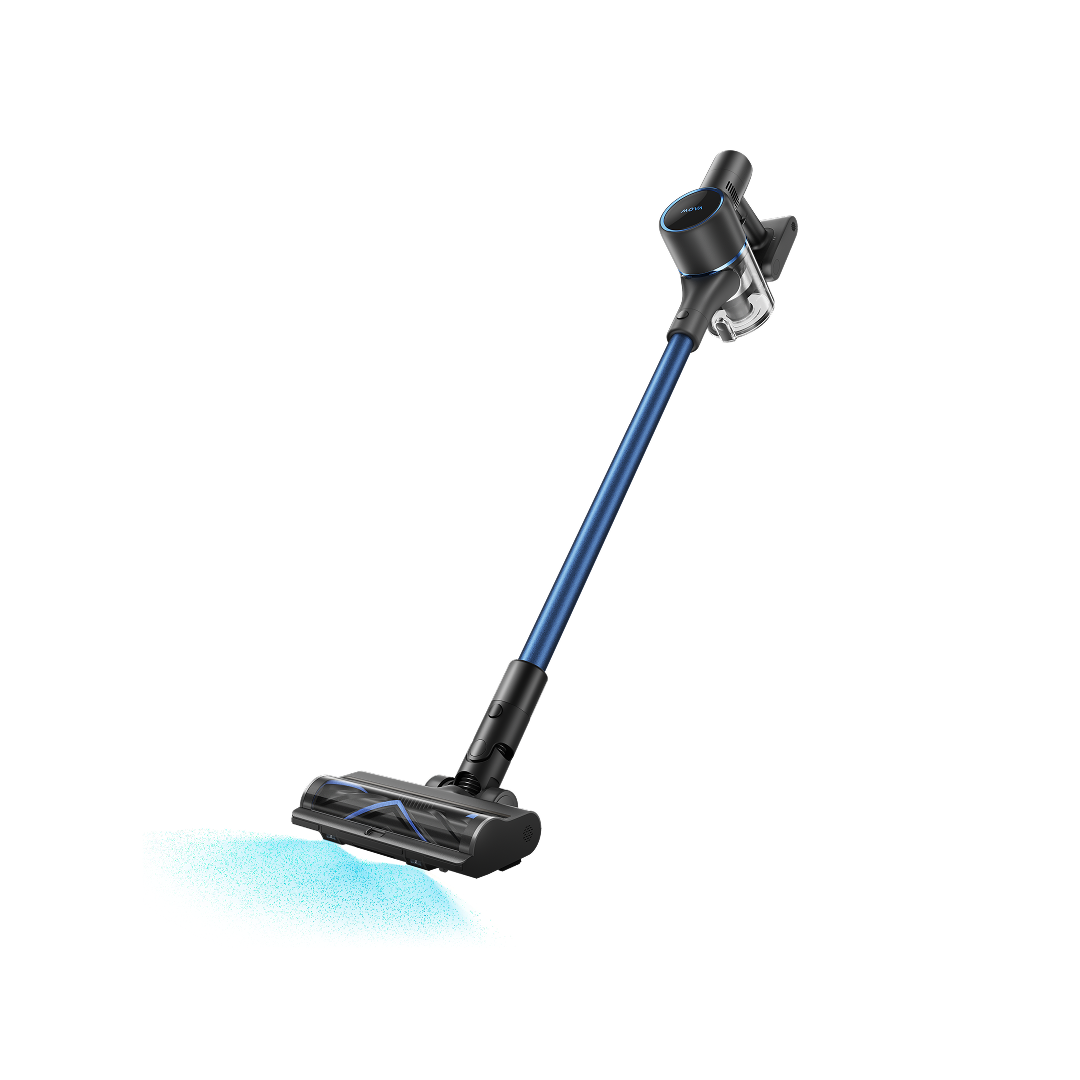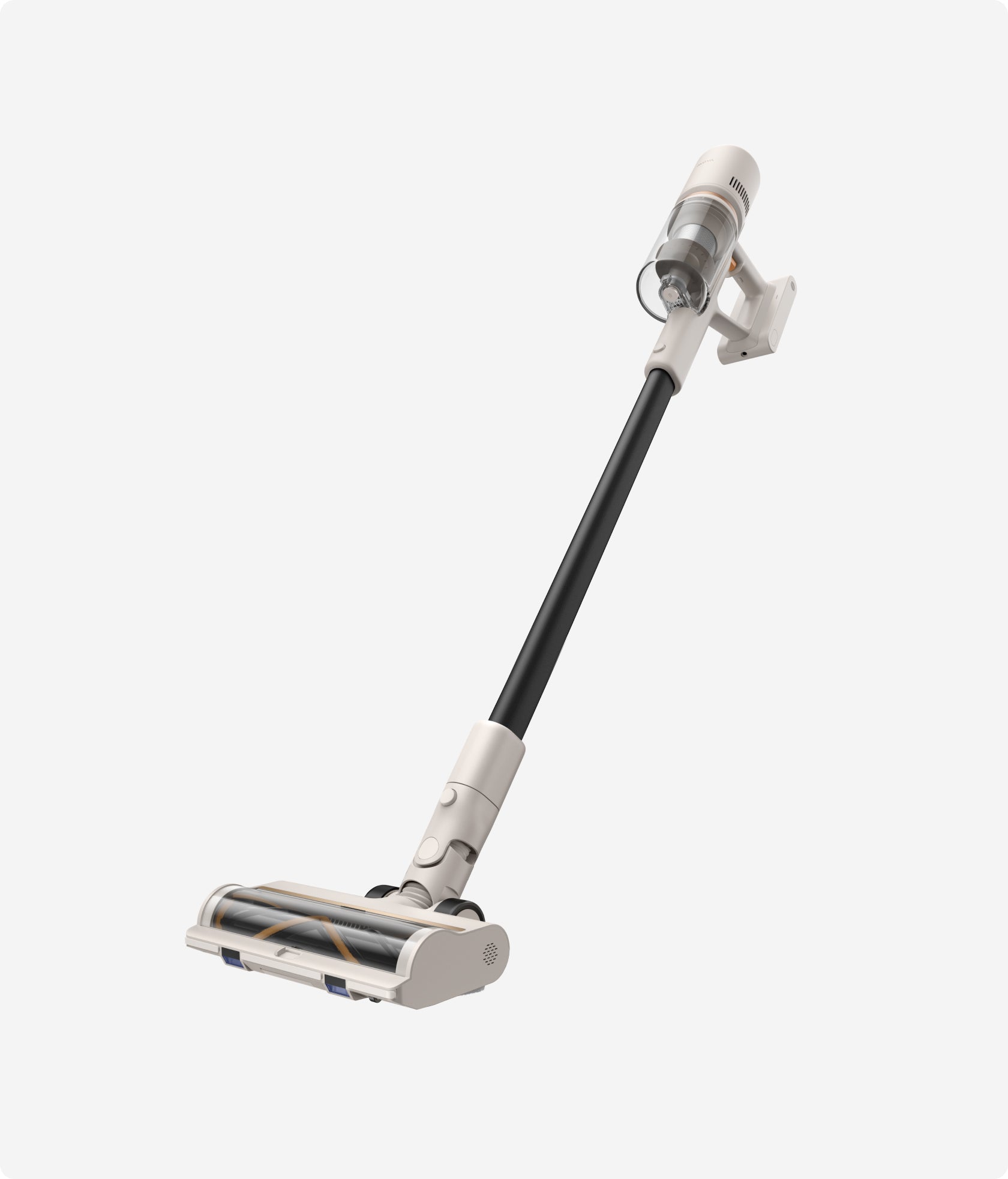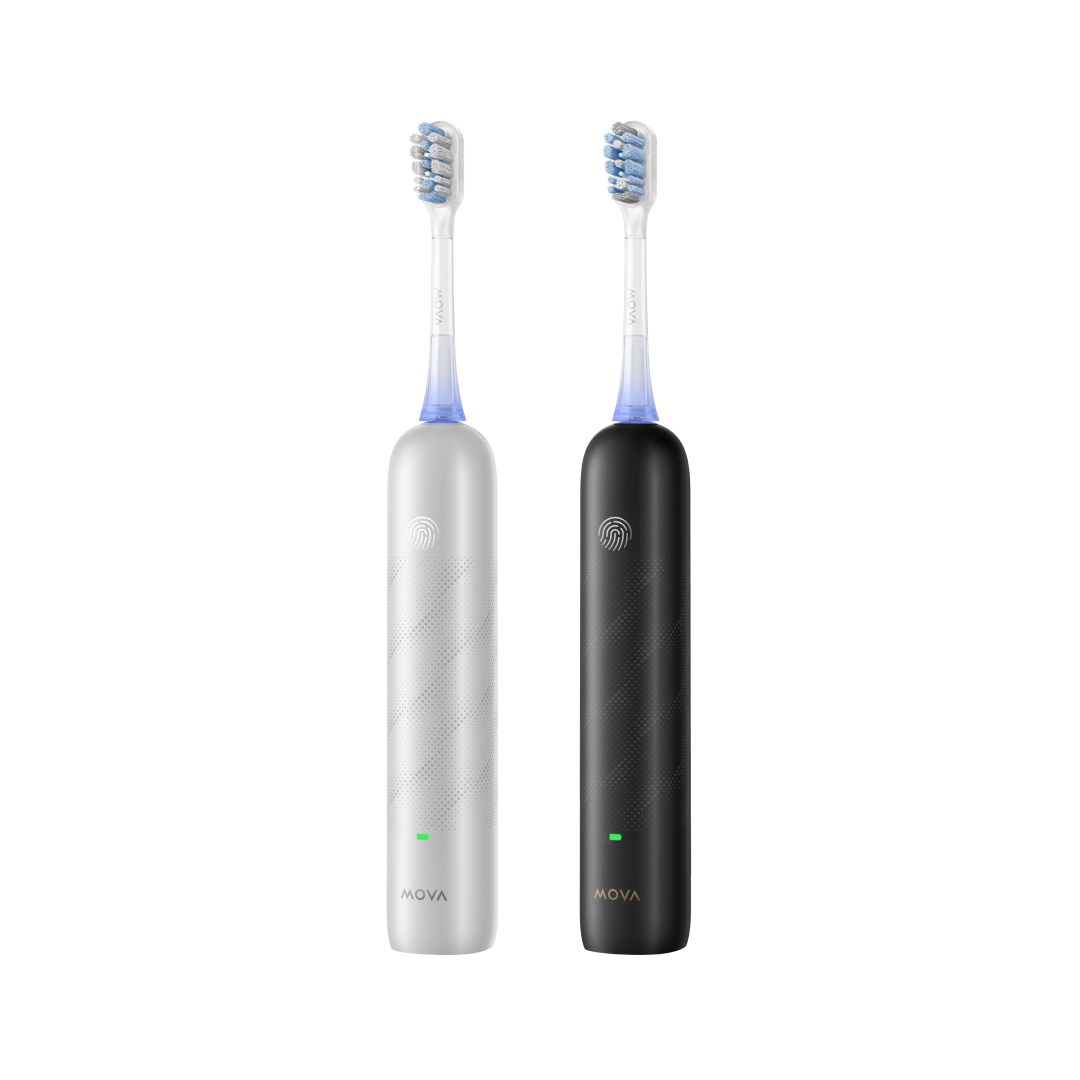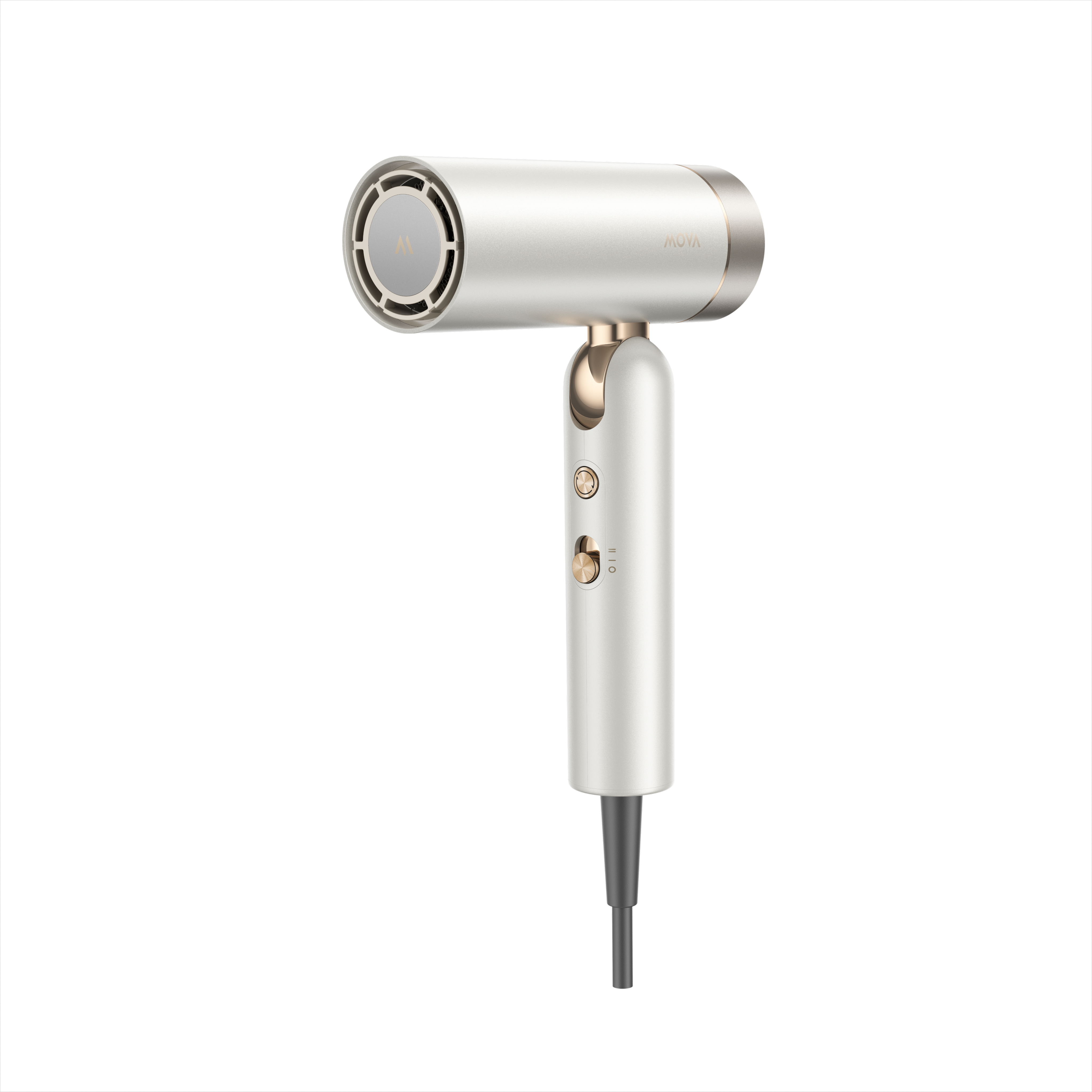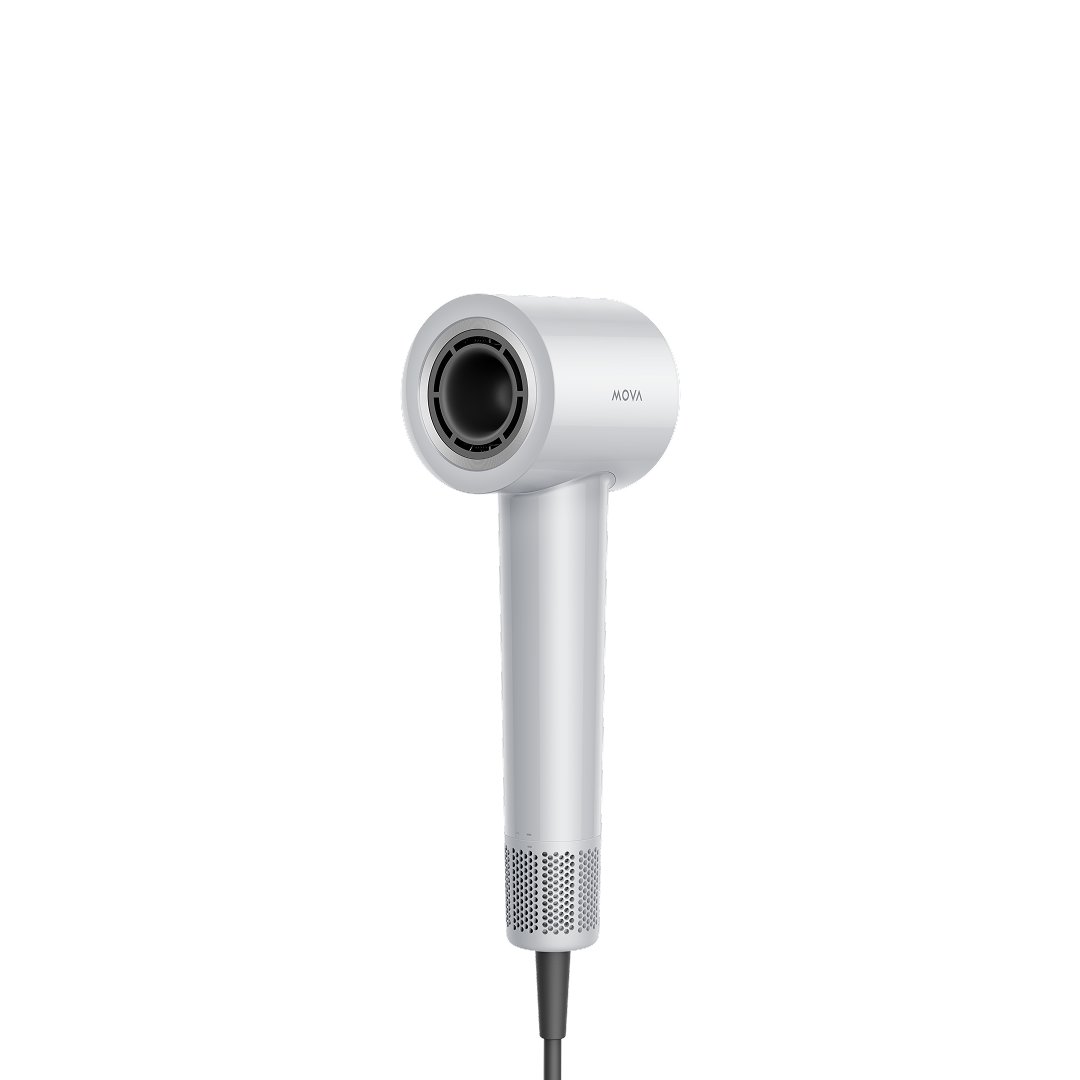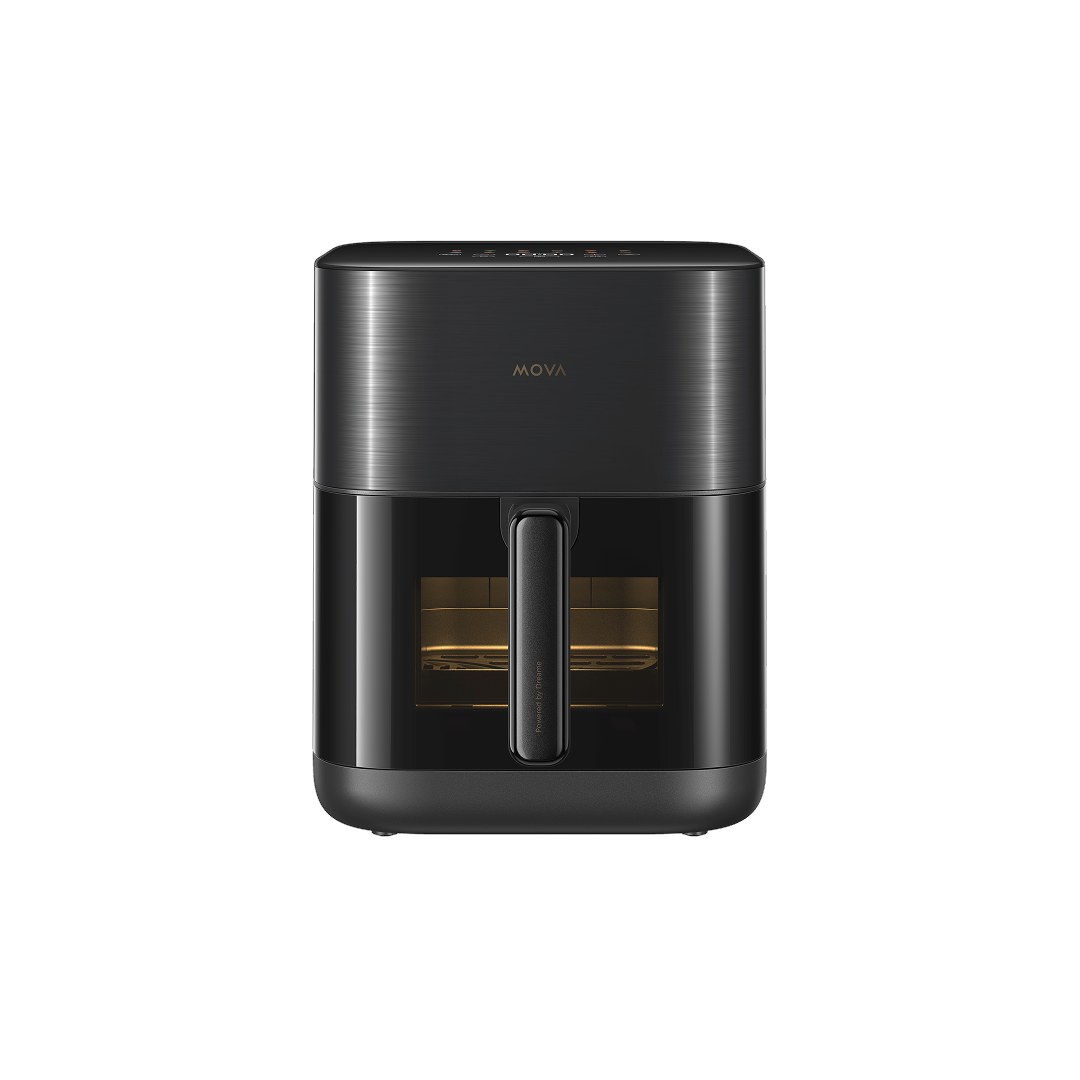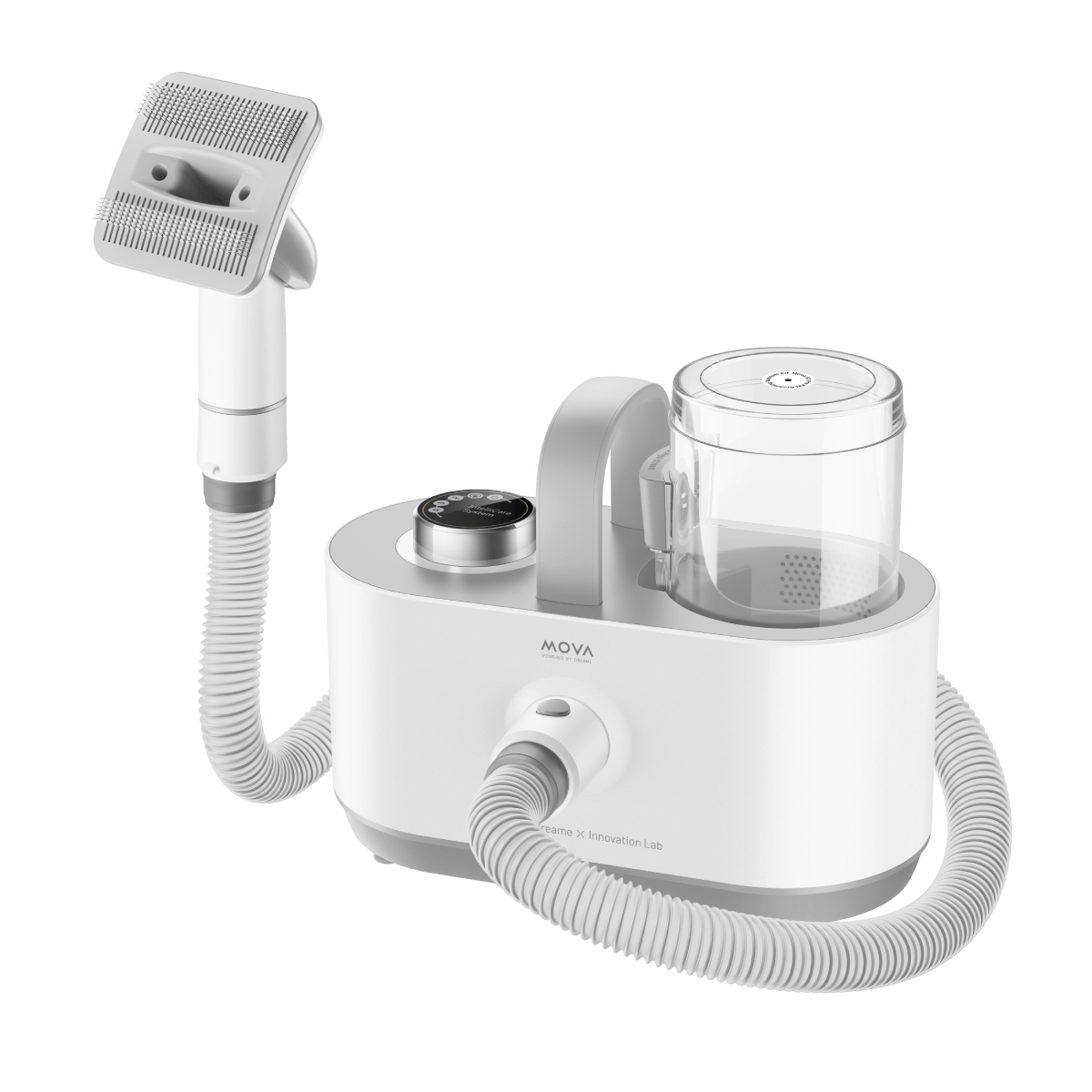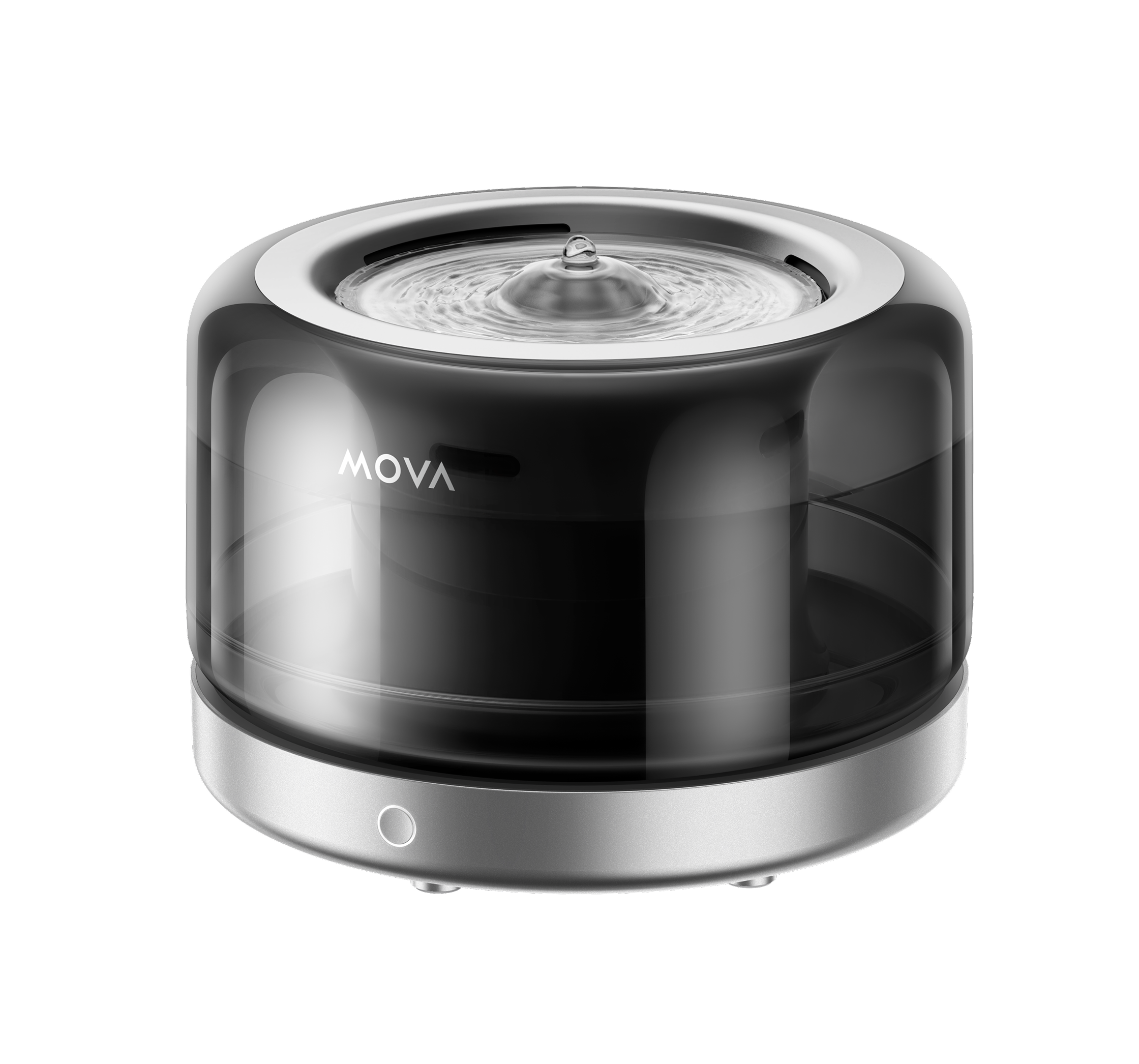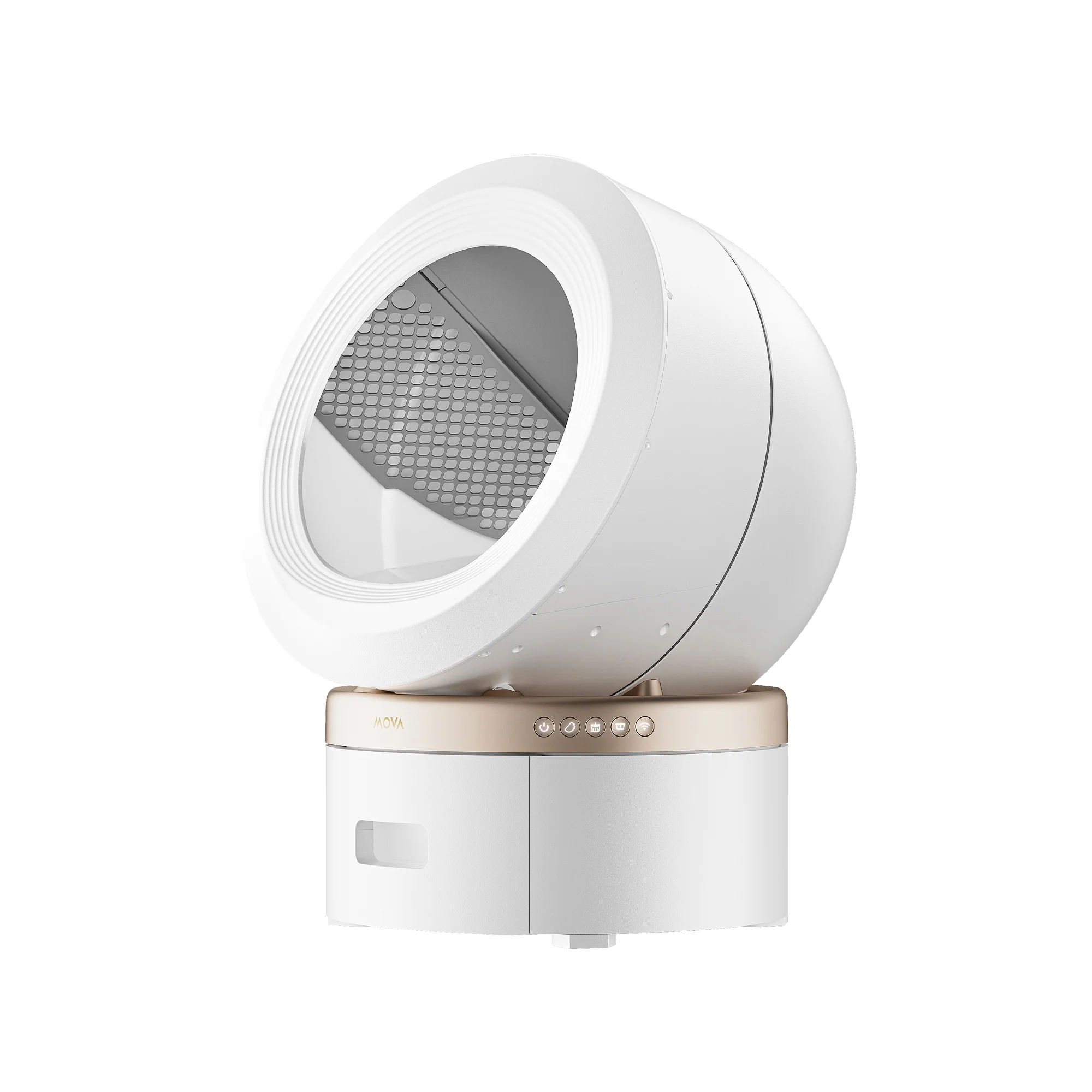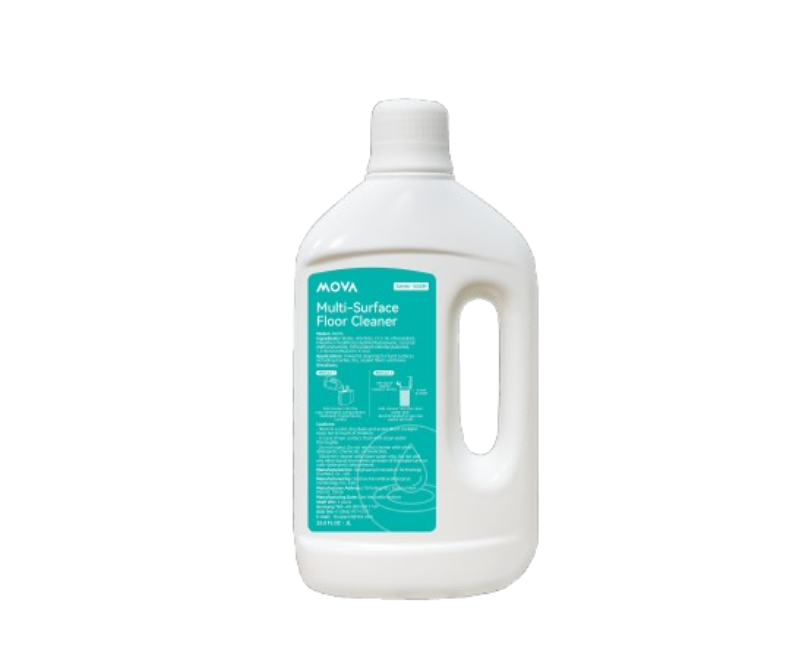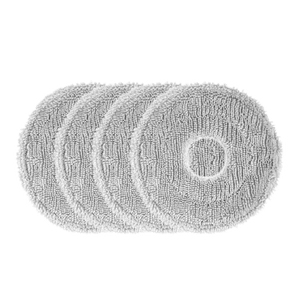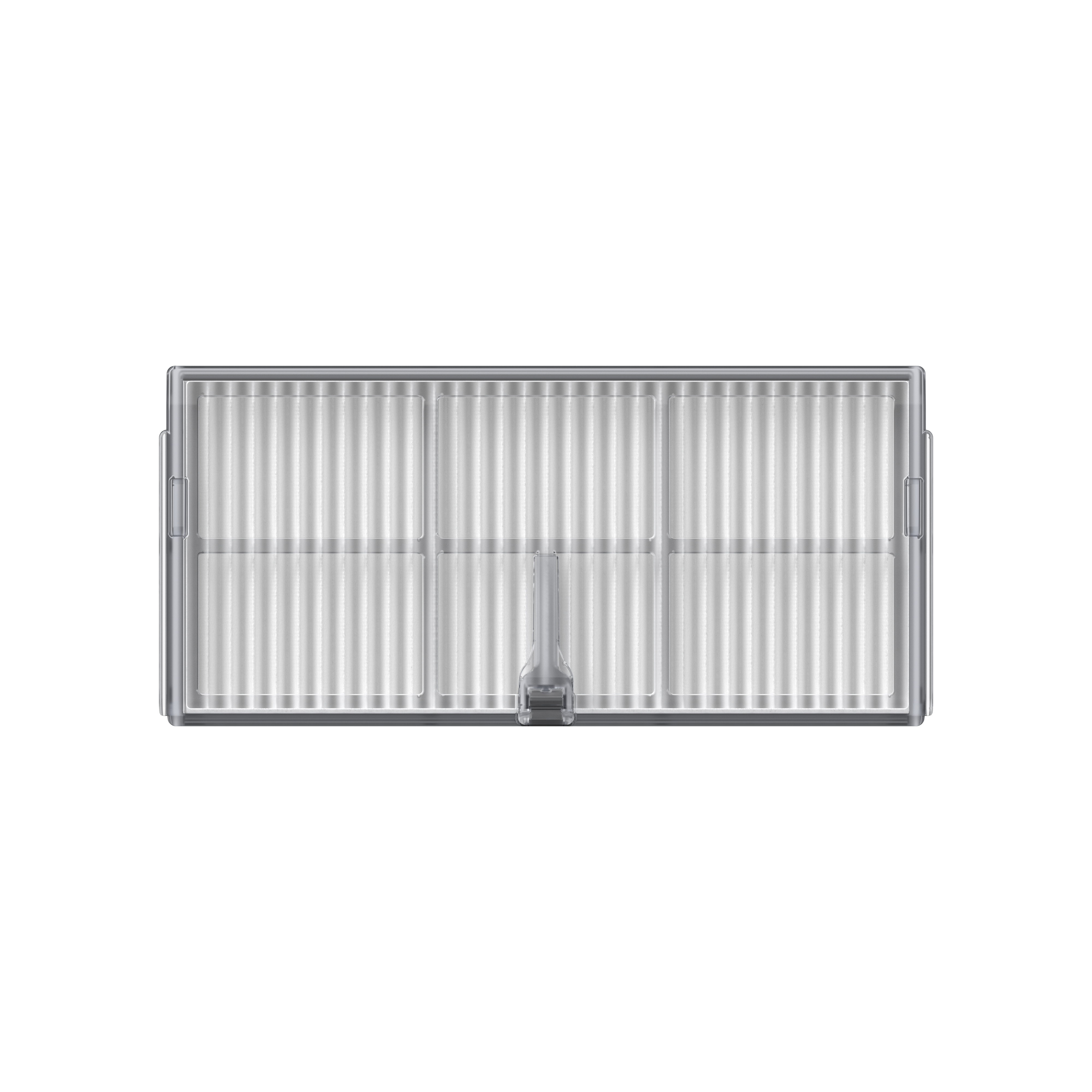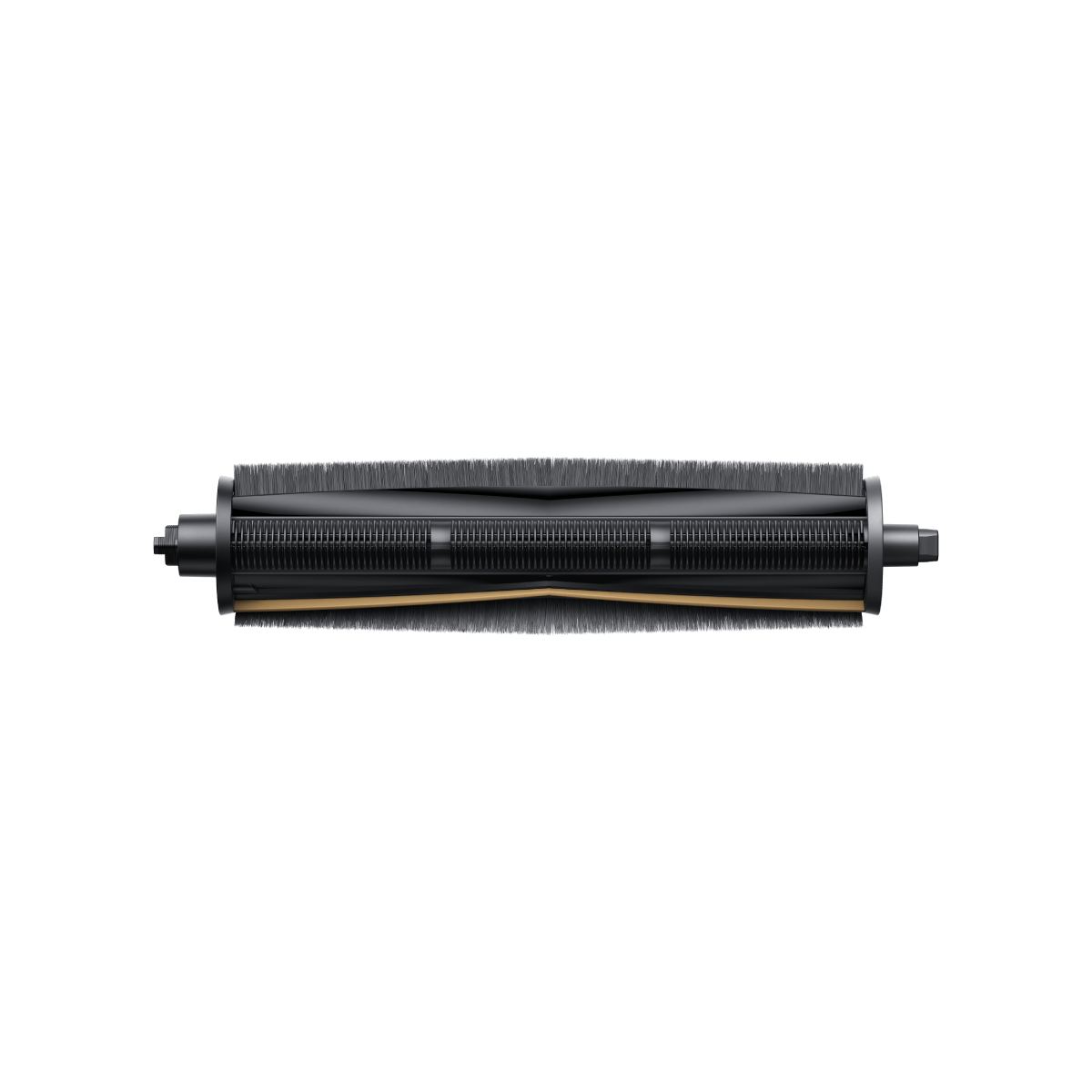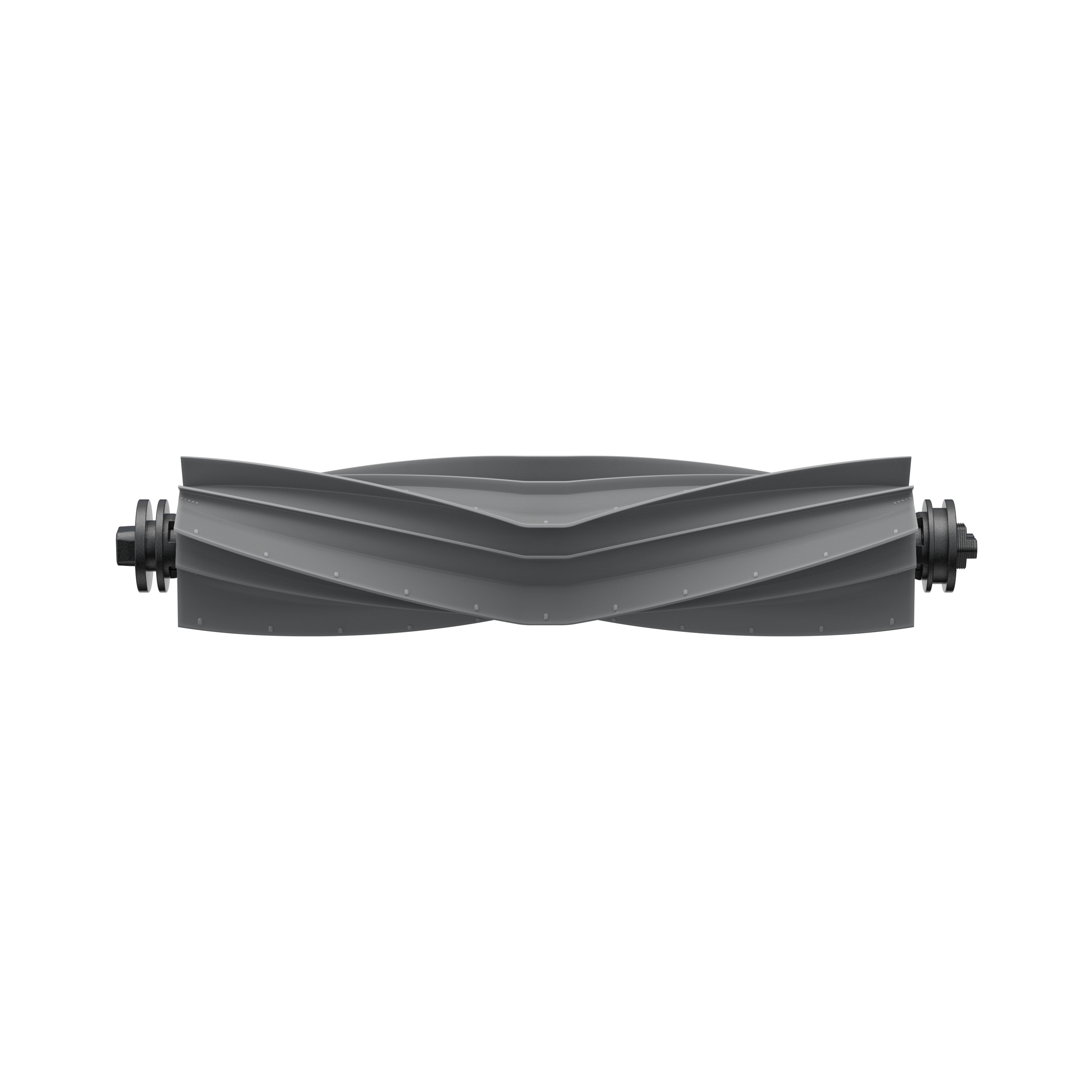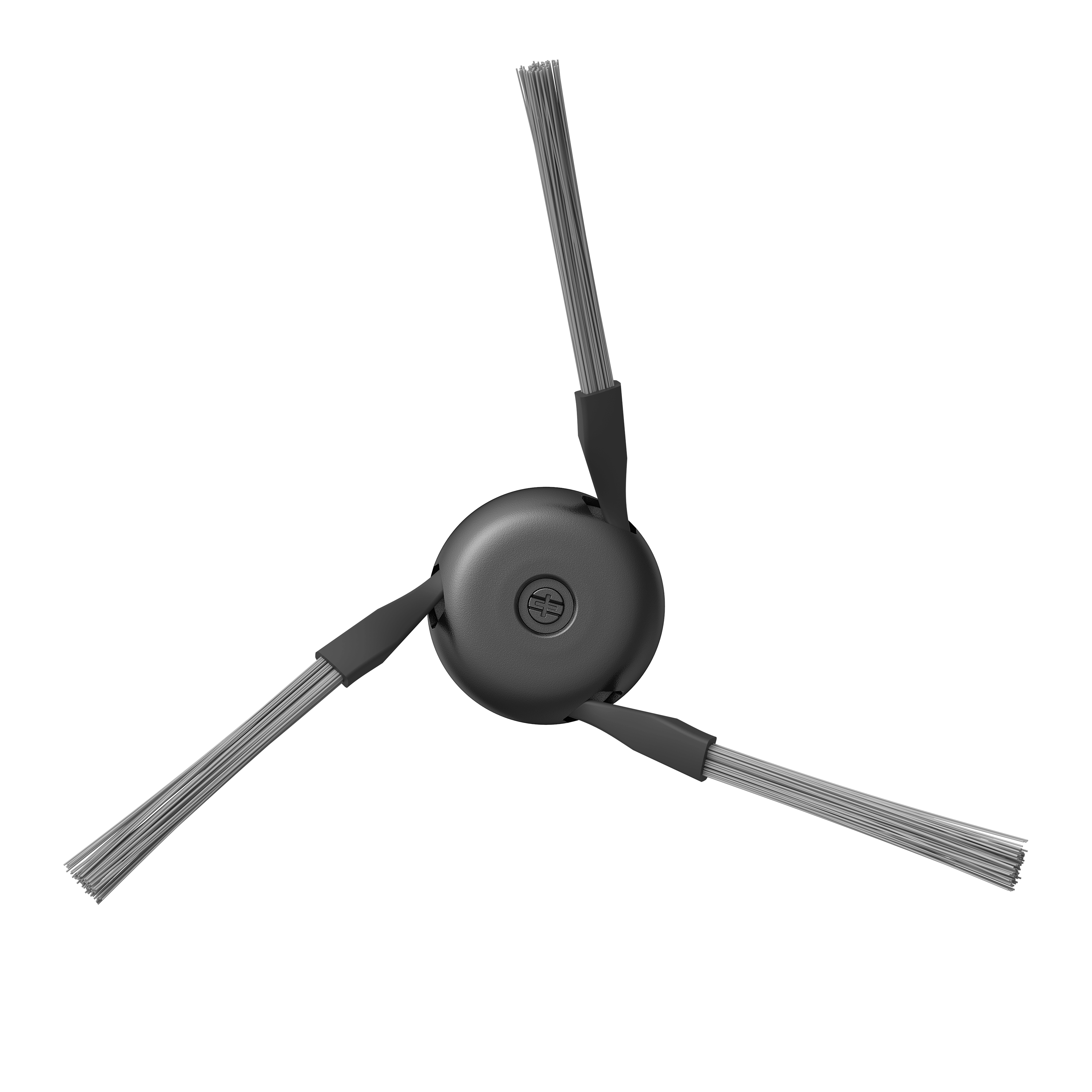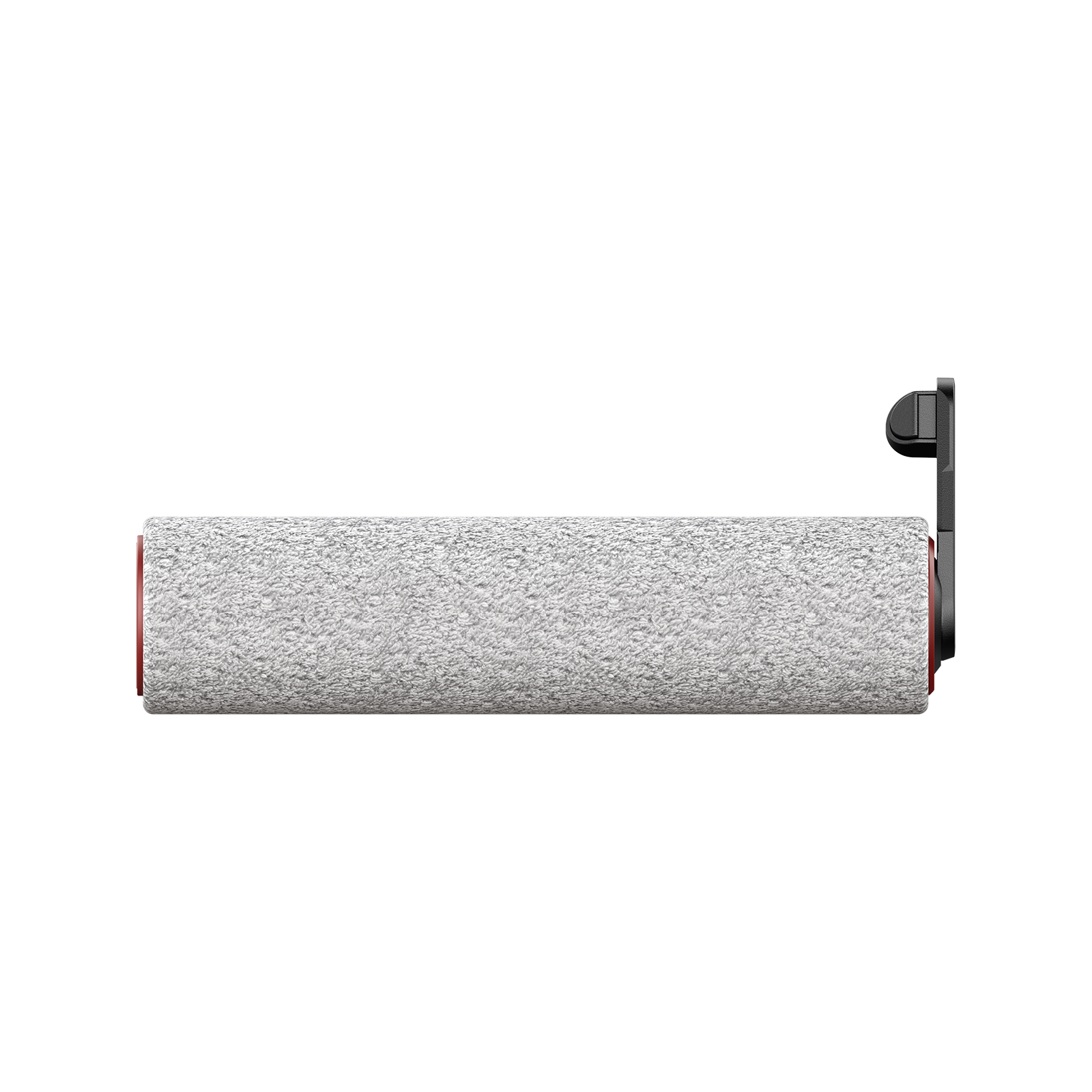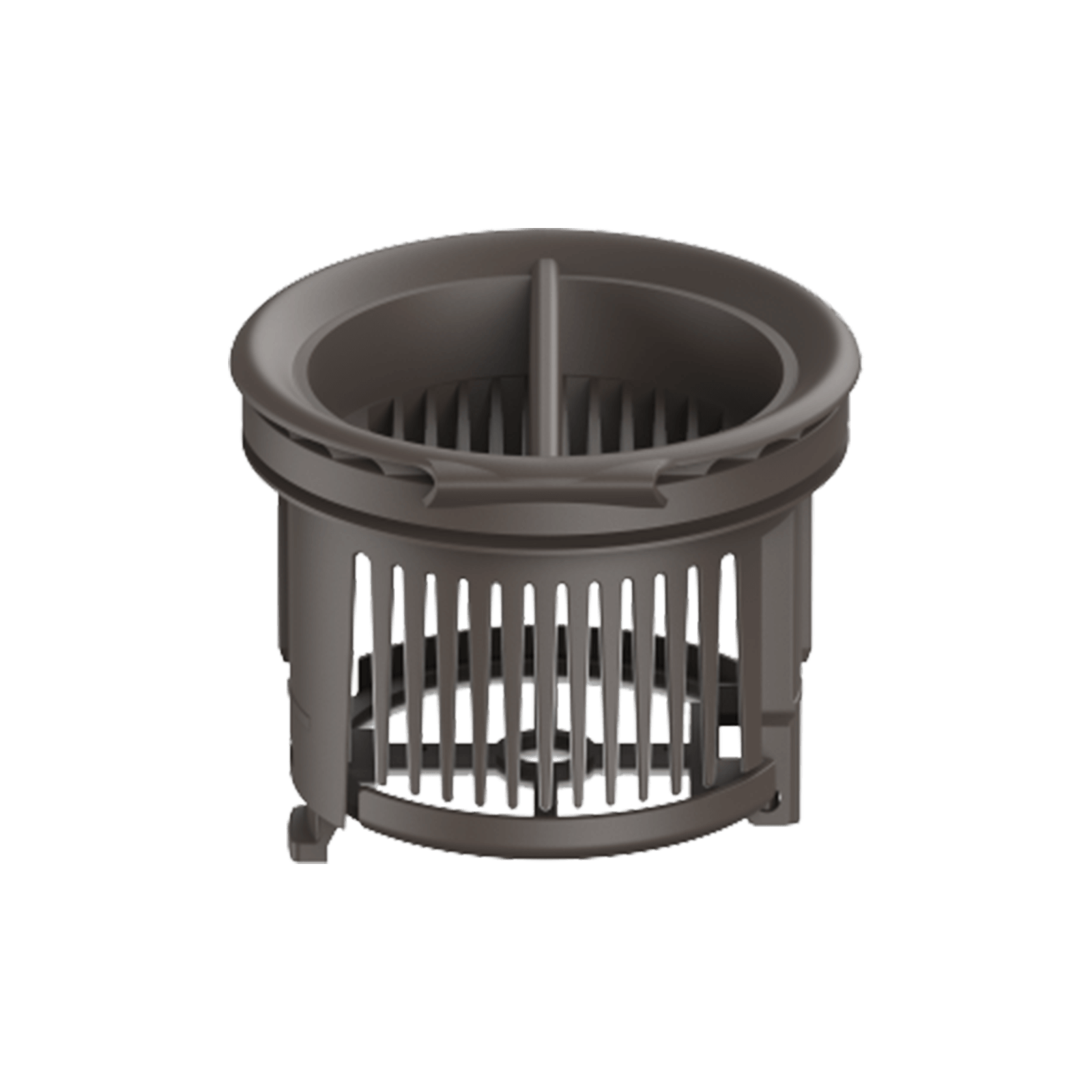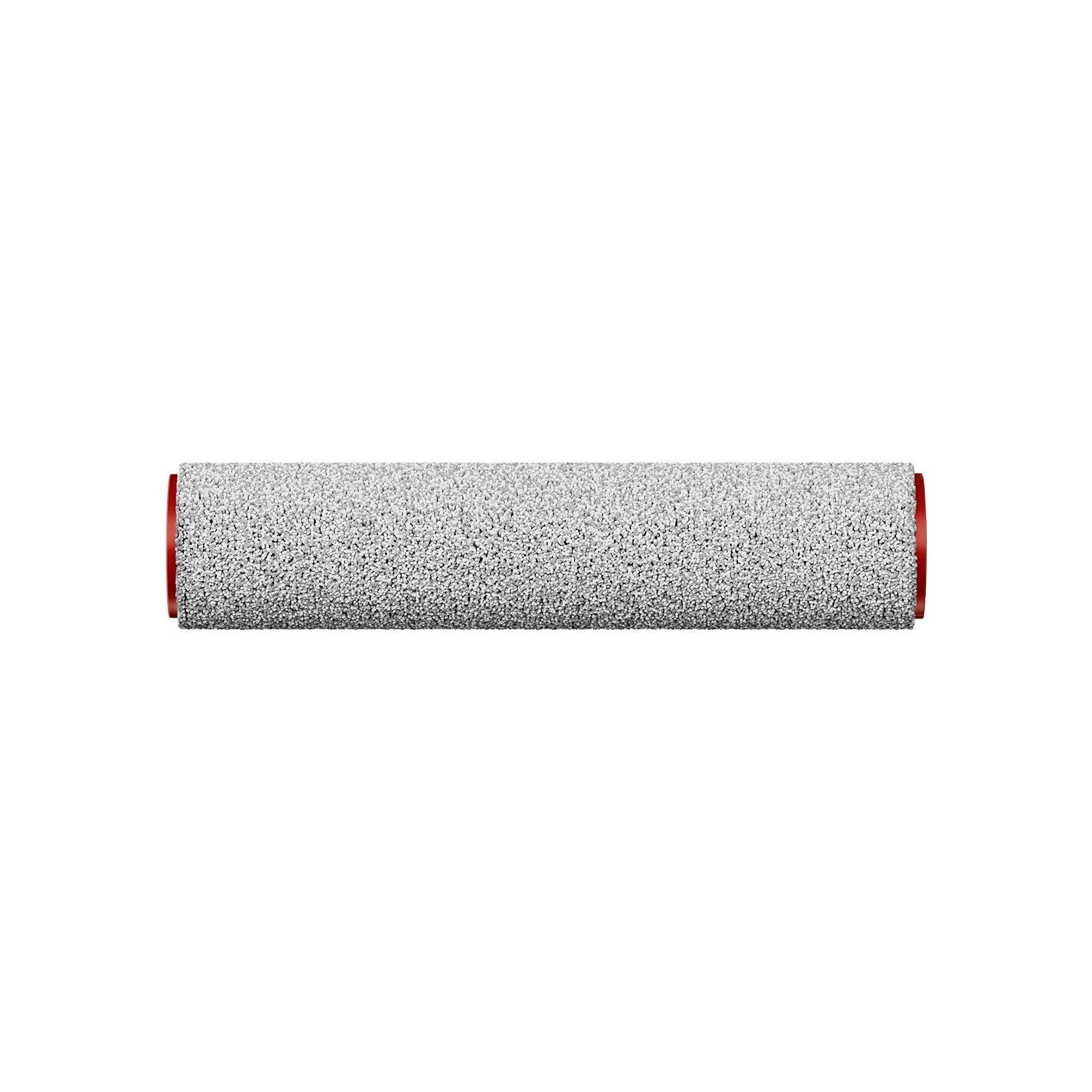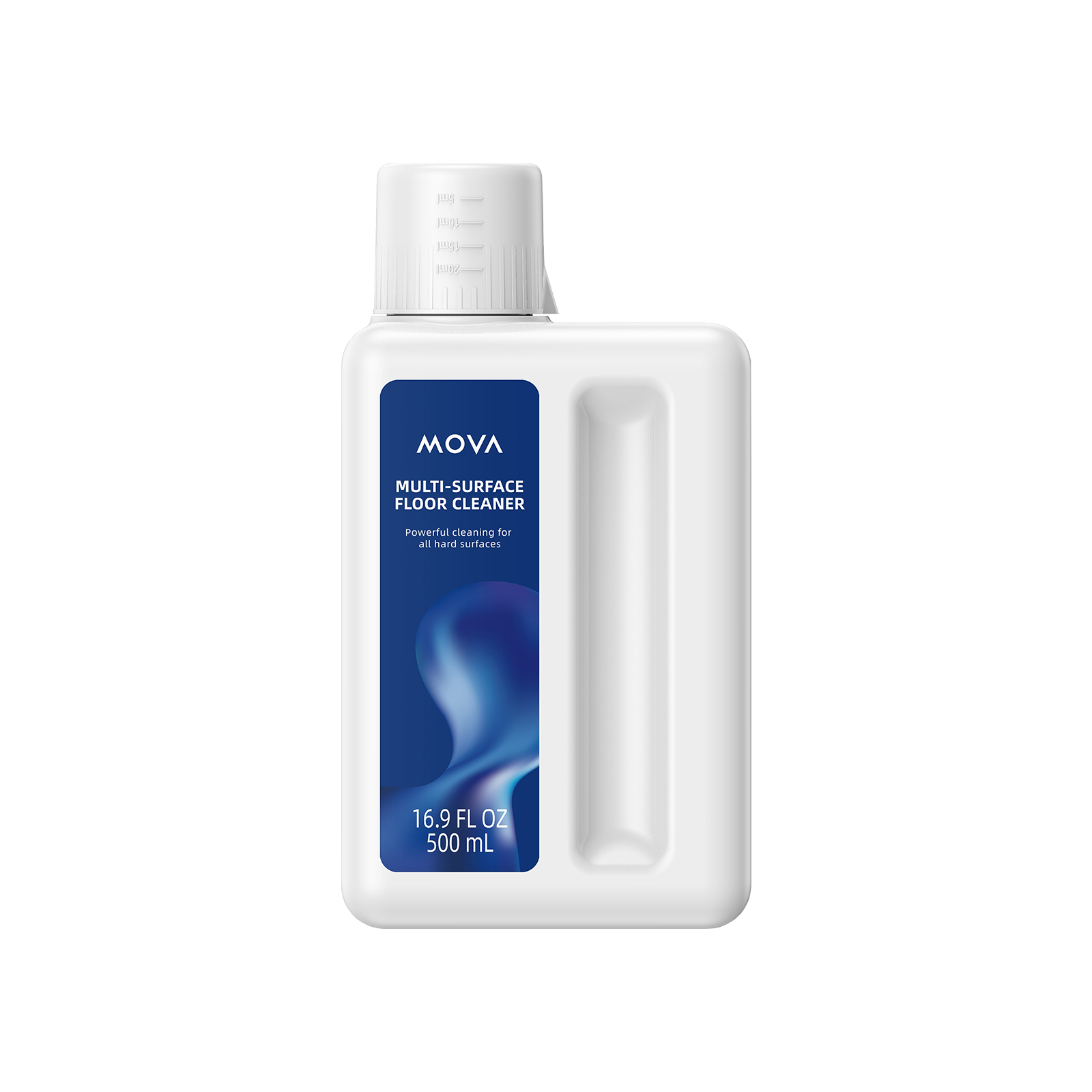Mopping may seem like a simple household task, but using the wrong method for your floor type can cause more harm than good. Each surface whether it’s hardwood, laminate, tile, or vinyl has its own cleaning needs and limitations. Using the correct mopping technique not only keeps your floors looking spotless but also helps preserve their finish, extend their lifespan, and maintain a healthier home environment. In this guide, we’ll cover everything you need to know about how to mop every type of floor correctly from preparation to product choice, so you can achieve a clean, streak-free result every time.
Preparation Is Key: What to Do Before You Mop
Mopping should always be the final step in your floor-cleaning routine not the first. Proper preparation ensures you’re not just pushing dirt around or accidentally scratching delicate surfaces. Here’s how to set the stage for a perfect clean:
1. Clear the Floor: Start by removing any obstacles such as small rugs, dining chairs, and plant stands. A clutter-free space allows for even, uninterrupted cleaning and prevents dirt from getting trapped under furniture legs or corners.
2. Thoroughly Sweep or Vacuum: This step is absolutely non-negotiable. Mopping over dust, hair, or grit turns debris into mud, which can streak your floor and dull its shine. Worse, these particles can scratch certain surfaces like hardwood or laminate. Use a broom or a robot vacuum to remove all loose dirt before introducing water.
3. Gather Your Supplies: Once the floor is clear and clean, it’s time to prepare your mopping tools. There are two main categories to choose from:
l Traditional Mop & Bucket Method:
This classic approach works for most homes and gives you control over how much moisture is applied. Microfiber mops are highly absorbent and ideal for hardwood and laminate. Spin mops let you wring out excess water easily, reducing the risk of over-wetting. Sponge mops, while effective on textured surfaces, can leave streaks if not rinsed thoroughly.
l Steam Mops:
Steam mops use high-temperature vapor to sanitize floors and remove tough grime without chemicals. They’re excellent for tile, vinyl, and sealed concrete, offering a deep clean that kills bacteria. However, avoid using them on hardwood, laminate, or unsealed floors, as the heat and moisture can cause warping or separation over time.
By taking these preparatory steps seriously, you’ll set the foundation for effective, damage-free mopping—no matter what type of floor you have.
The Right Way to Mop by Floor Type
Every flooring material has its own personality some demand delicate care, others can handle a little scrubbing. Knowing the right mopping method ensures your floors stay beautiful and last longer. Here’s how to clean each type the right way.
How to Mop Hardwood Floors (The Delicate One)
When it comes to hardwood floors, less is more. Excess water is the enemy, as moisture can seep into seams and cause warping or damage to the finish.
Do’s:
l Use a well-wrung microfiber mop that leaves the surface only slightly damp.
l Choose a pH-neutral hardwood-specific cleaner to maintain the protective finish.
l Always mop in the direction of the wood grain for a streak-free shine.
Don’ts:
l Never use steam—it can cause permanent warping.
l Avoid vinegar and water mixtures, which may dull the surface over time.
l Don’t flood the floor; a light mist is enough.
Try the “Shoe Test”—if you can see a footprint after walking across the freshly cleaned floor, you’ve used too much product..
How to Mop Laminate Floors (The Moisture-Averse One)
Laminate looks like hardwood but behaves differently—it’s even more sensitive to standing water. Too much moisture can cause the seams to swell or lift.
Do’s:
l Use a damp mop only, never soaking wet.
l Clean with a laminate-specific cleaner or a drop of mild soap in water.
l Dry immediately with a soft towel to prevent moisture damage.
Don’ts:
l Skip steam mops, waxes, polishes, and abrasive cleaners. These can leave residue or dull the finish.
How to Mop Tile Floors (The Durable One)
Tile floors are built to withstand more vigorous cleaning, but grout lines require extra attention.
Do’s:
l Feel free to use more water tile can handle it.
l Opt for a neutral pH cleaner or a vinegar-water mix (safe for most ceramic and porcelain tiles).
l Scrub grout lines with a brush to remove embedded dirt and prevent discoloration.
Don’ts:
l Avoid acidic or harsh cleaners on natural stone tiles like marble or travertine, as they can etch or fade the surface.
Best Way to Mop Vinyl & LVT/LVP Floors (The Versatile One)
Vinyl plank and luxury vinyl tile (LVT/LVP) floors are resilient but have a protective wear layer that needs gentle care.
Do’s:
l Clean using a mild detergent or a vinyl-specific cleaner.
l You may use a steam mop on low heat, but always check the manufacturer’s recommendations first.
Don’ts:
l Steer clear of abrasive pads, ammonia, or bleach-based products, which can strip or discolor the surface.
Mopping Sealed Concrete Floors (The Industrial One)
Concrete floors are sturdy and stylish—but only if properly sealed. Sealing prevents stains, moisture absorption, and surface damage.
Do’s:
l Mop with a neutral-pH cleaner and warm water.
l Use a steam mop for deep cleaning sealed concrete, it lifts grime without chemicals.
Don’ts:
l Never use acidic or harsh cleaners on unsealed concrete, as they can corrode and weaken the surface.
Mopping Like a Pro: Do's, Don'ts, and Game-Changing Tips
Want to mop like a professional? It’s all about technique and attention to detail. Follow these essential do’s and don’ts to achieve spotless, streak-free floors every time:
|
DO’s |
DON’Ts |
|
Change your mop water frequently—once it looks dirty, it’s time to refresh. |
Don’t use too much cleaning product—it can leave behind a sticky residue. |
|
Work from the farthest corner toward the door so you’re not stepping on freshly cleaned areas. |
Don’t leave standing water—it can damage floors and attract dirt. |
|
Use two buckets for a professional clean: one with soapy water and one with rinse water. |
Don’t skip drying—always ensure the floor is completely dry before replacing rugs or furniture. |
Add a few drops of lemon or tea tree essential oil to your mop water for a light, refreshing scent and mild antibacterial benefits.
Conclusion
The golden rule of mopping is simple: know your floor type and treat it accordingly. Whether your home features sleek hardwood, durable tile, or modern vinyl, the right technique and tools make all the difference. By following these expert tips and avoiding common mistakes, you’ll not only maintain a spotless appearance but also extend the life and beauty of your floors for years to come.


